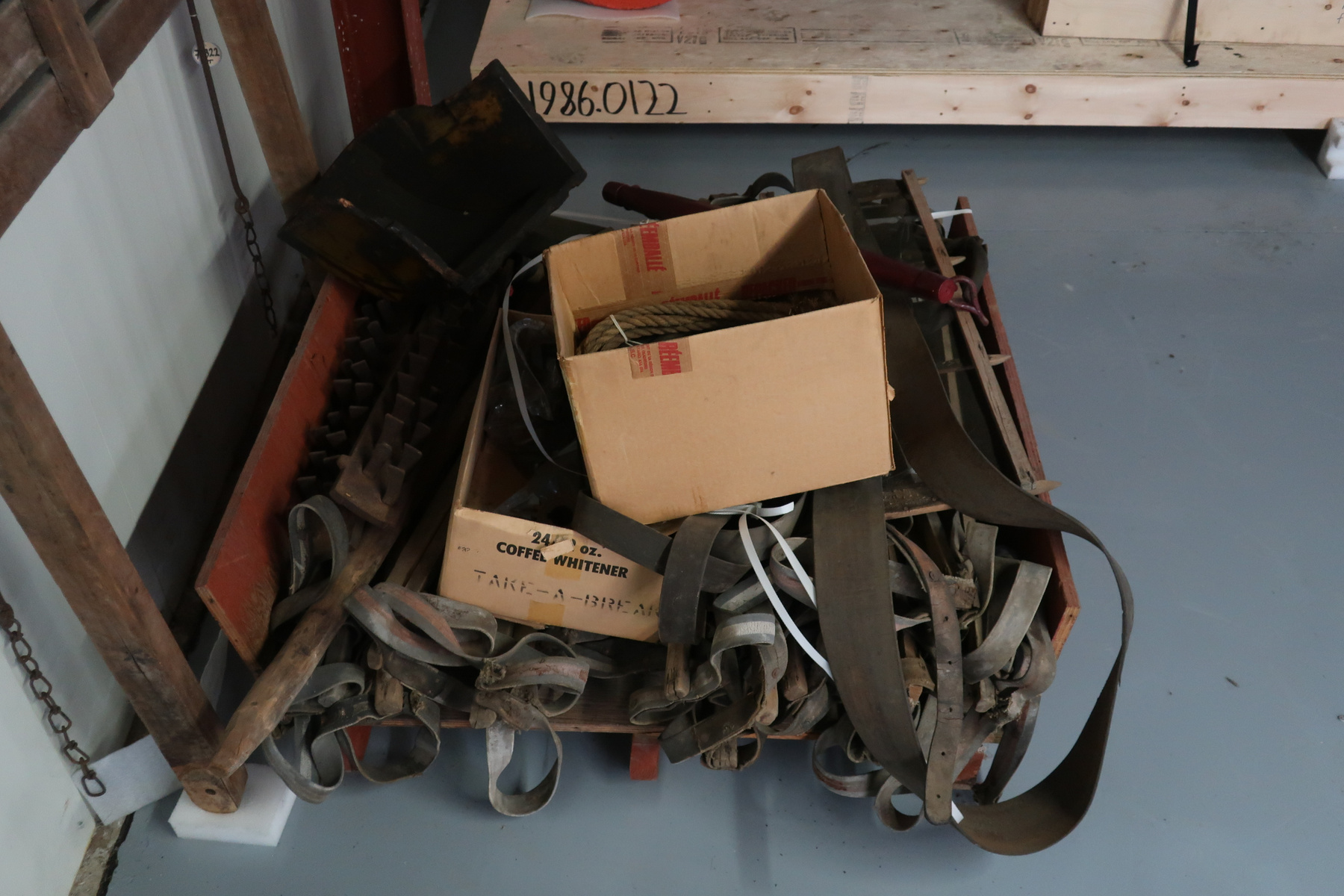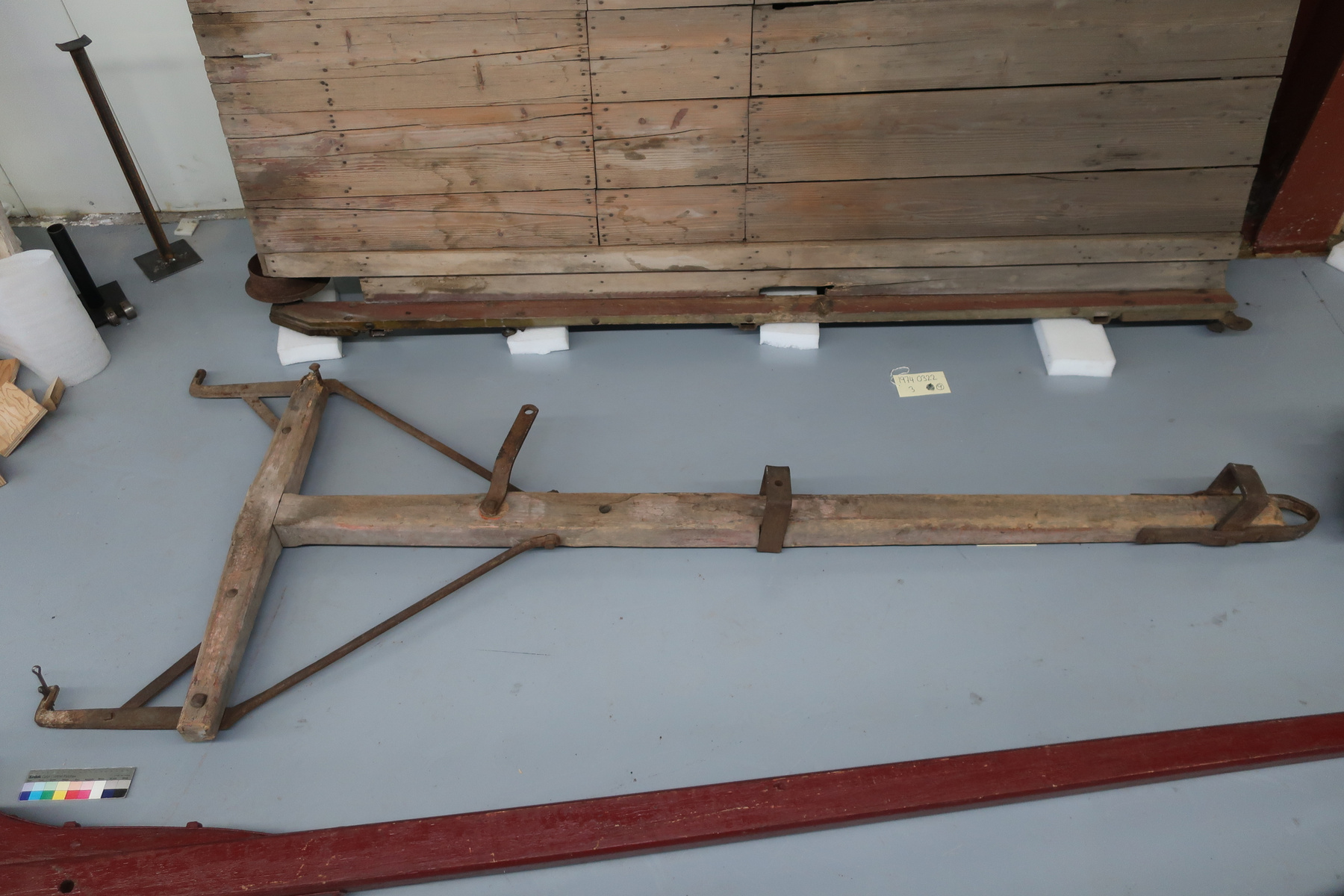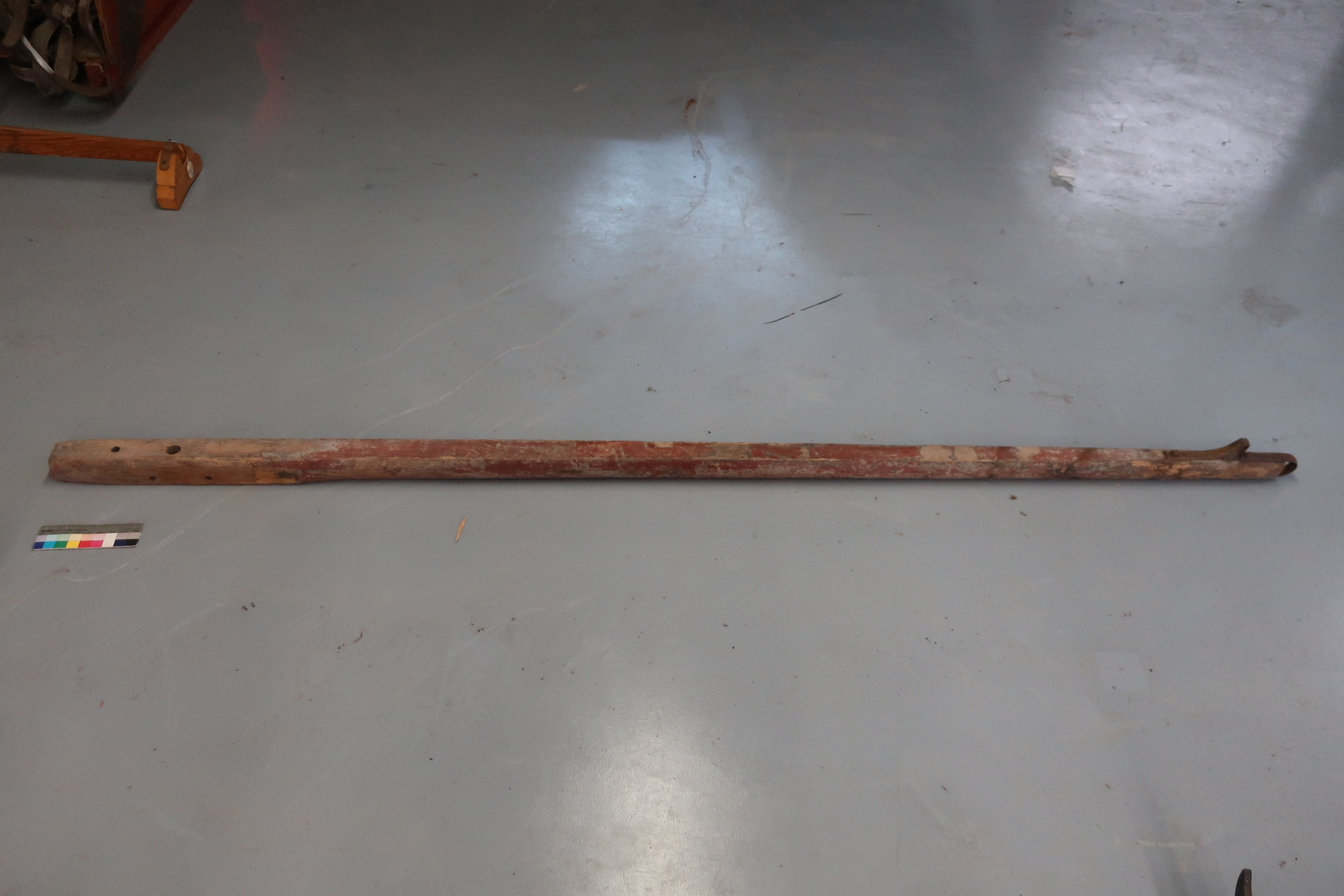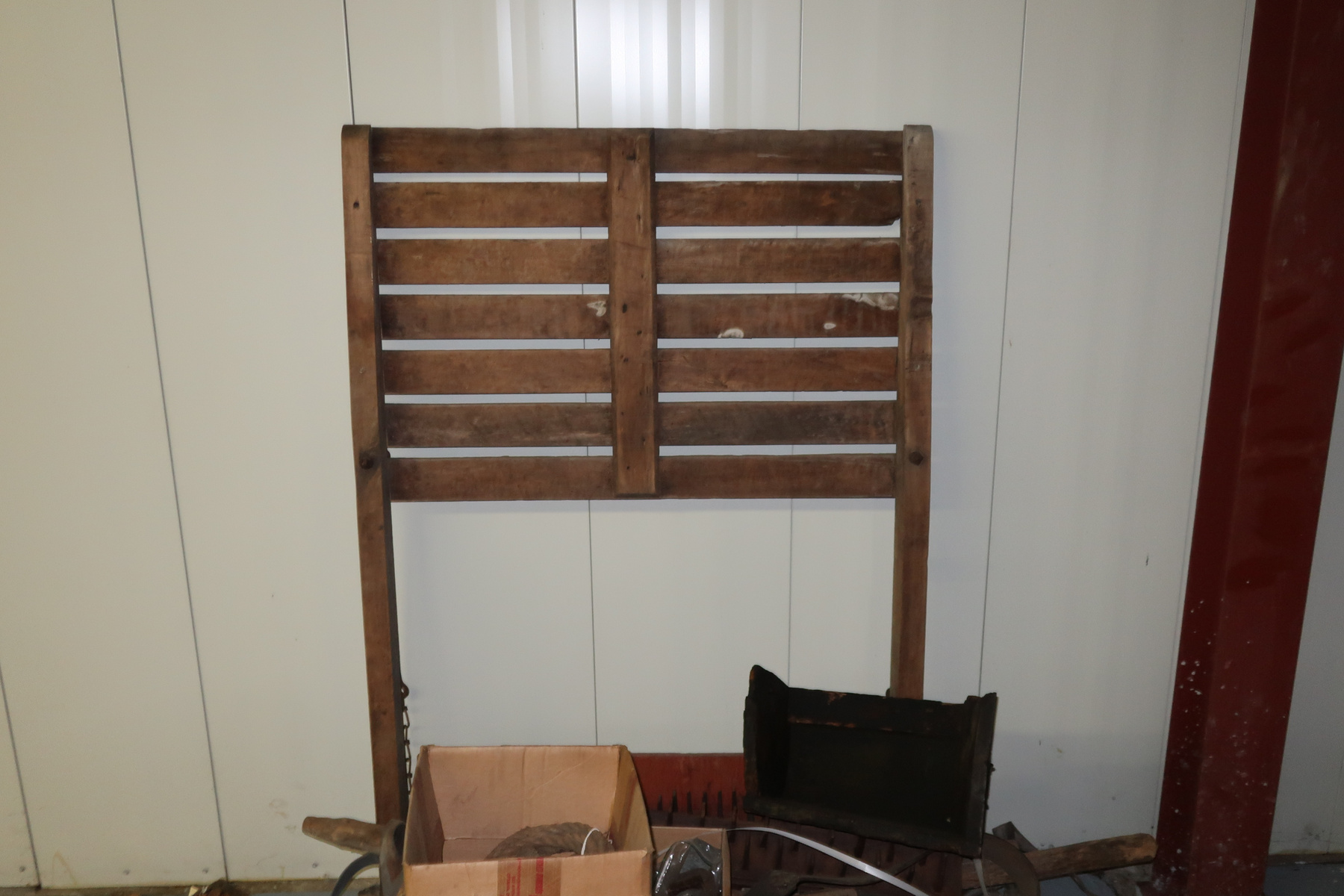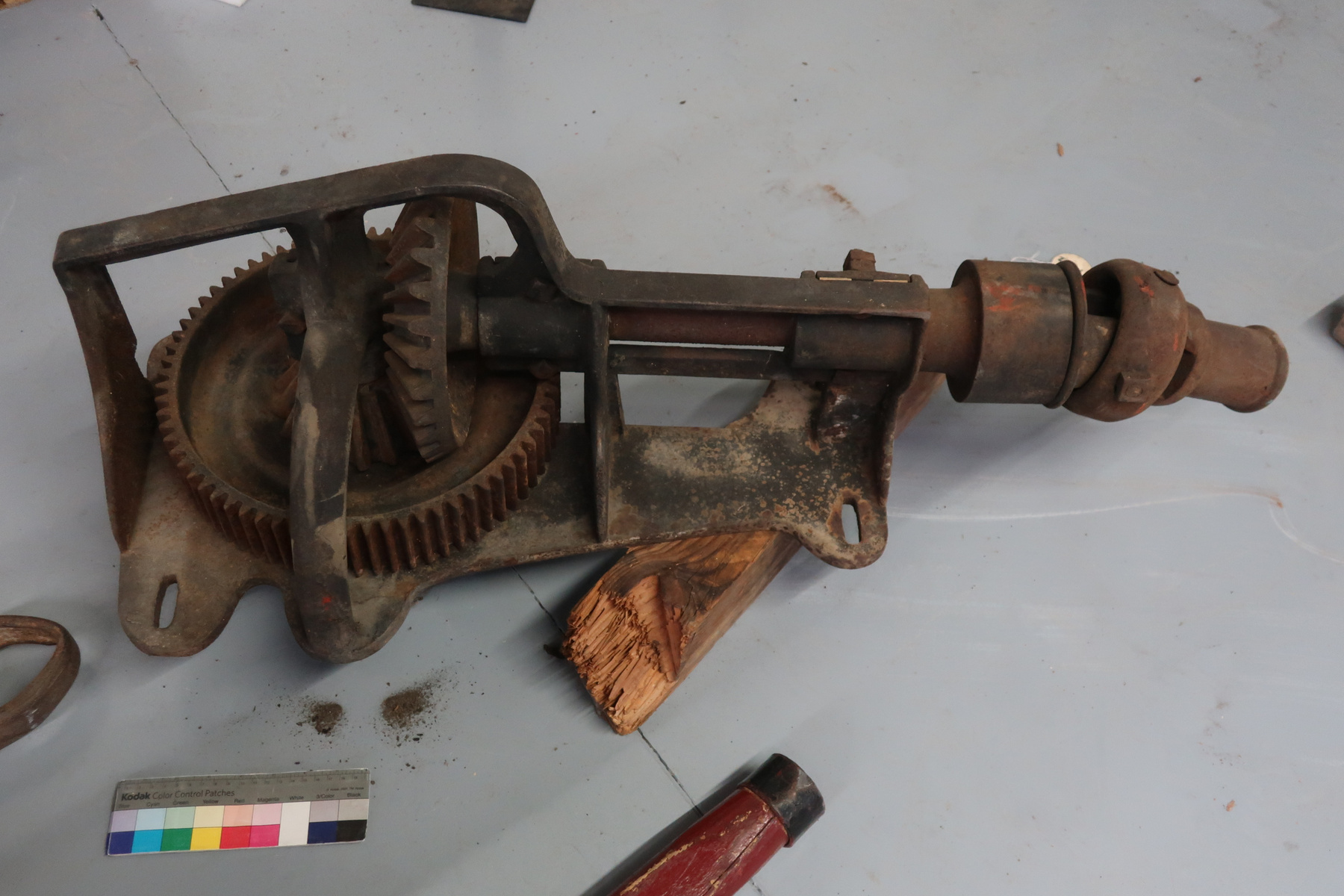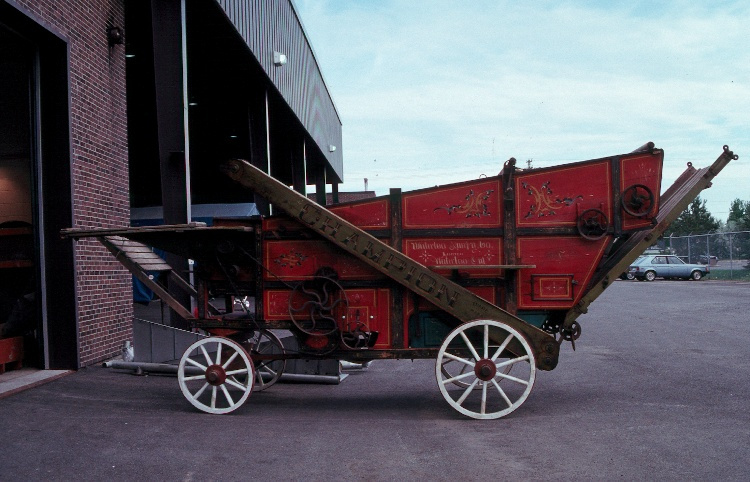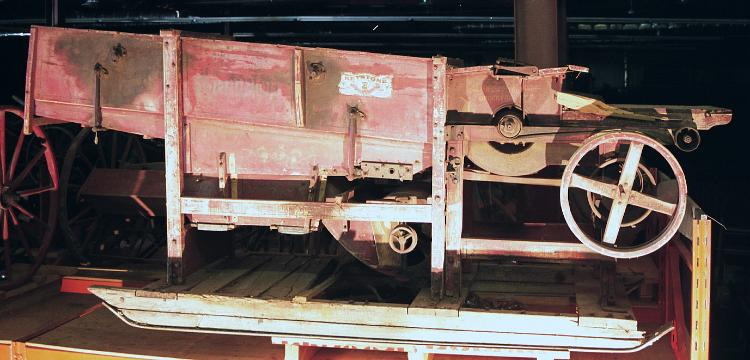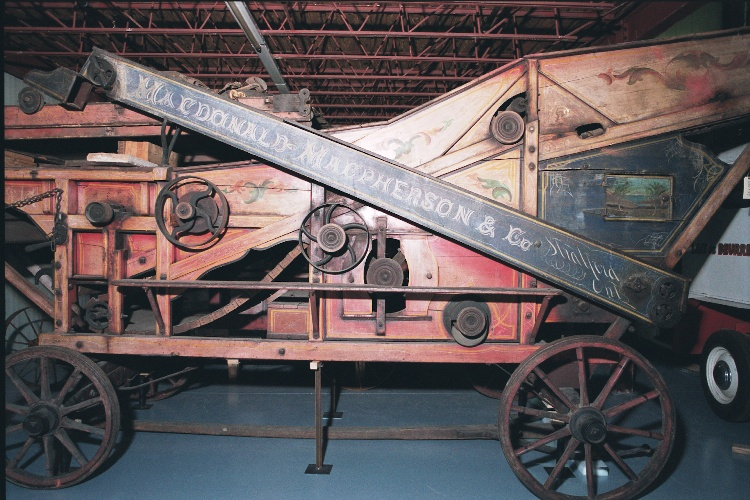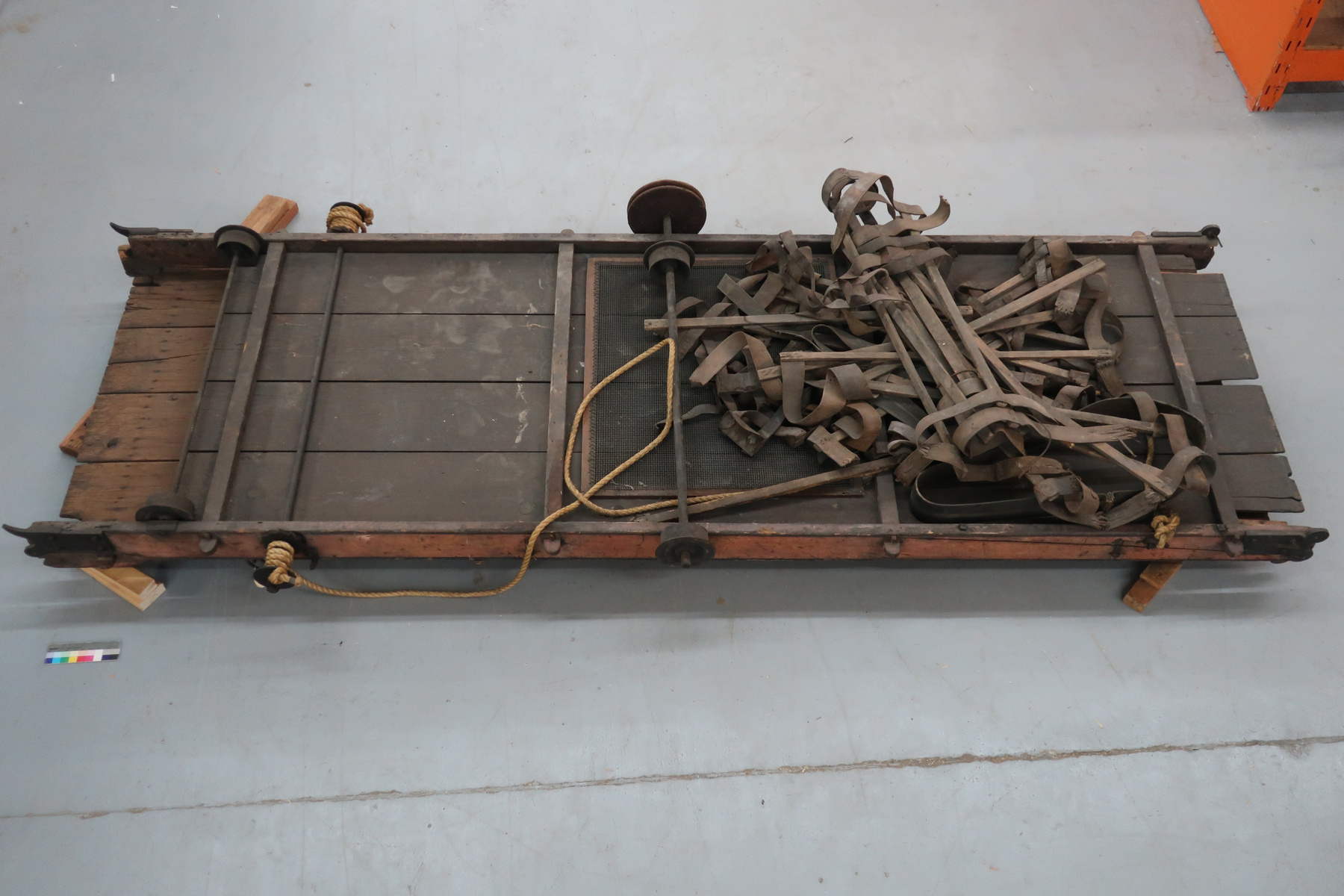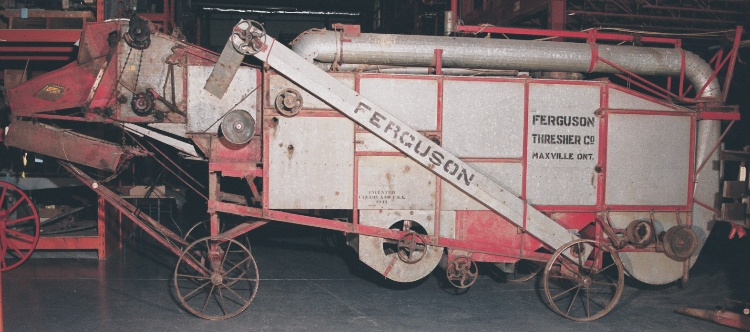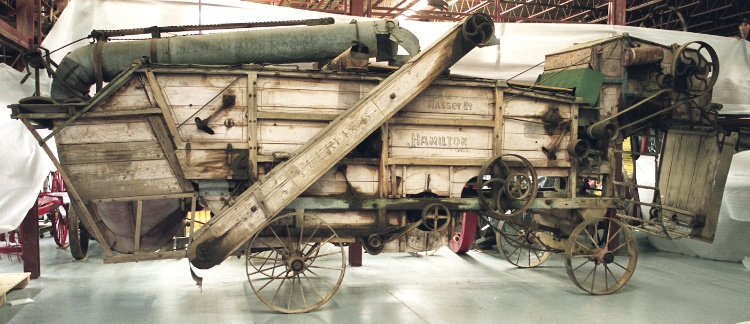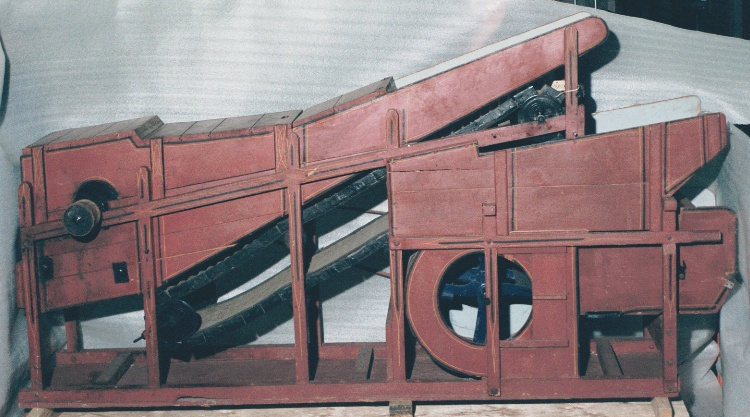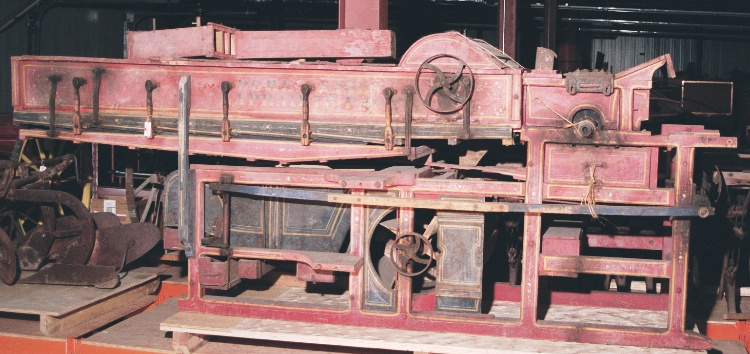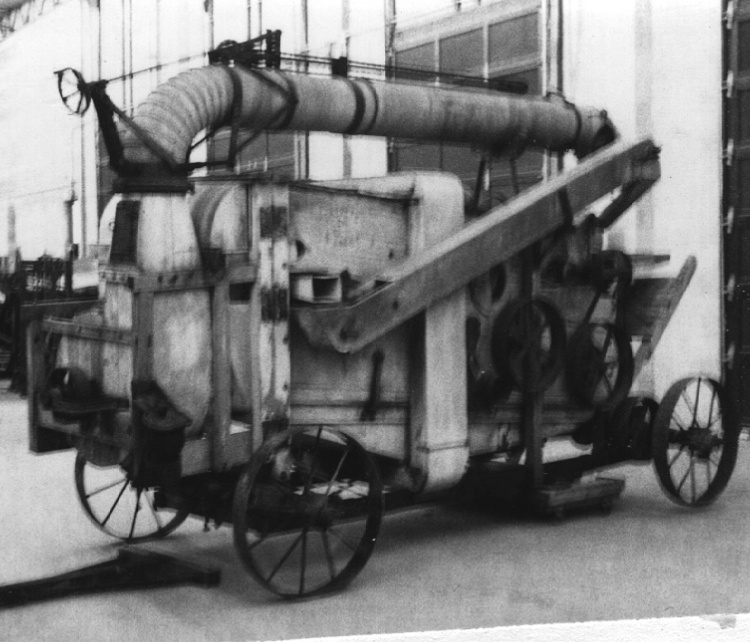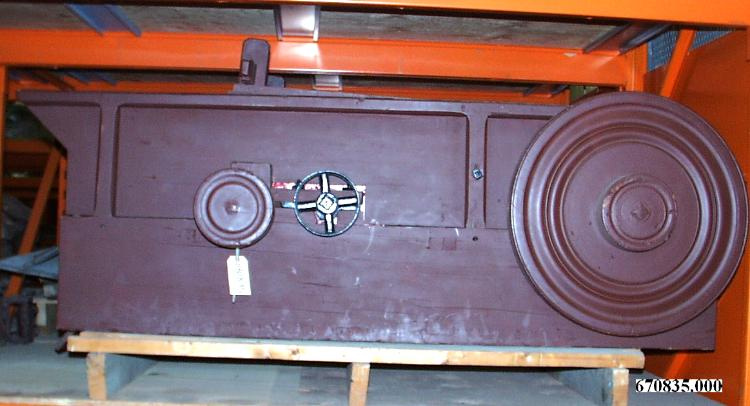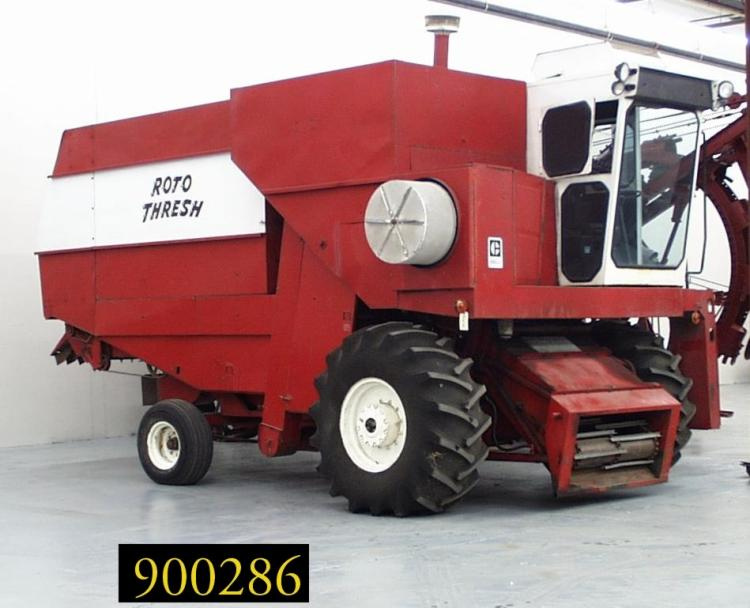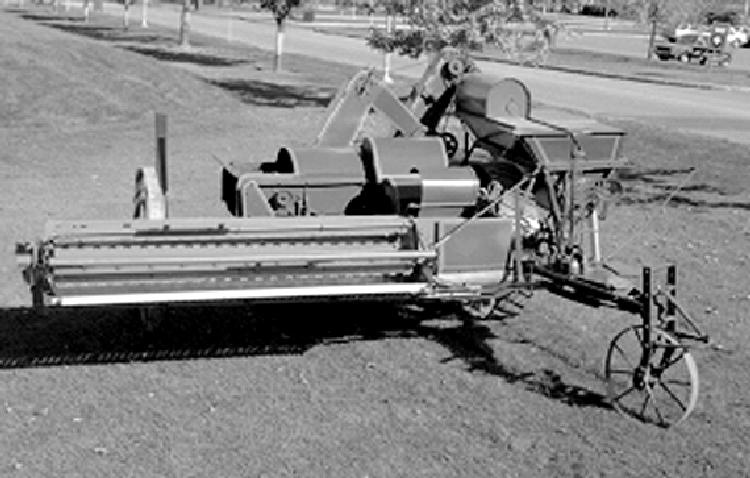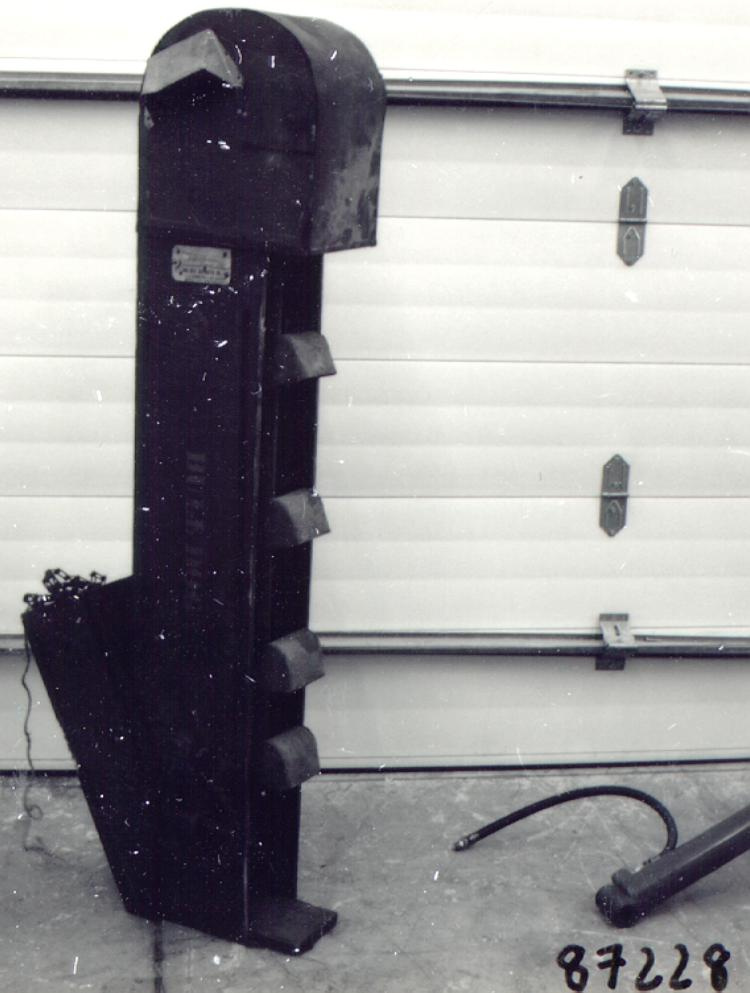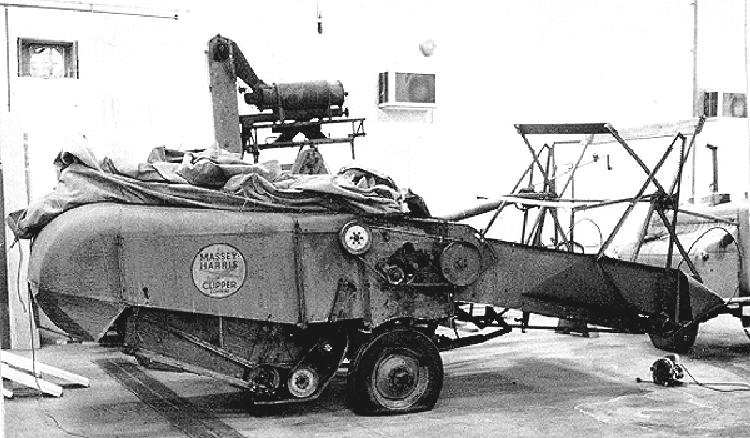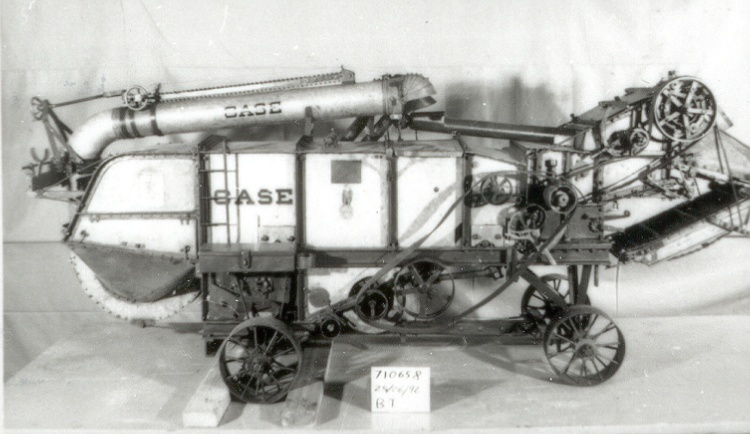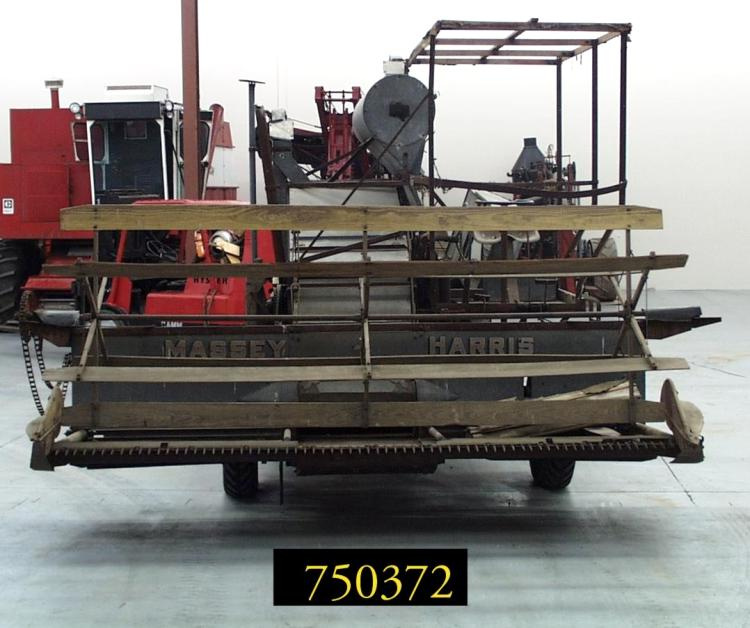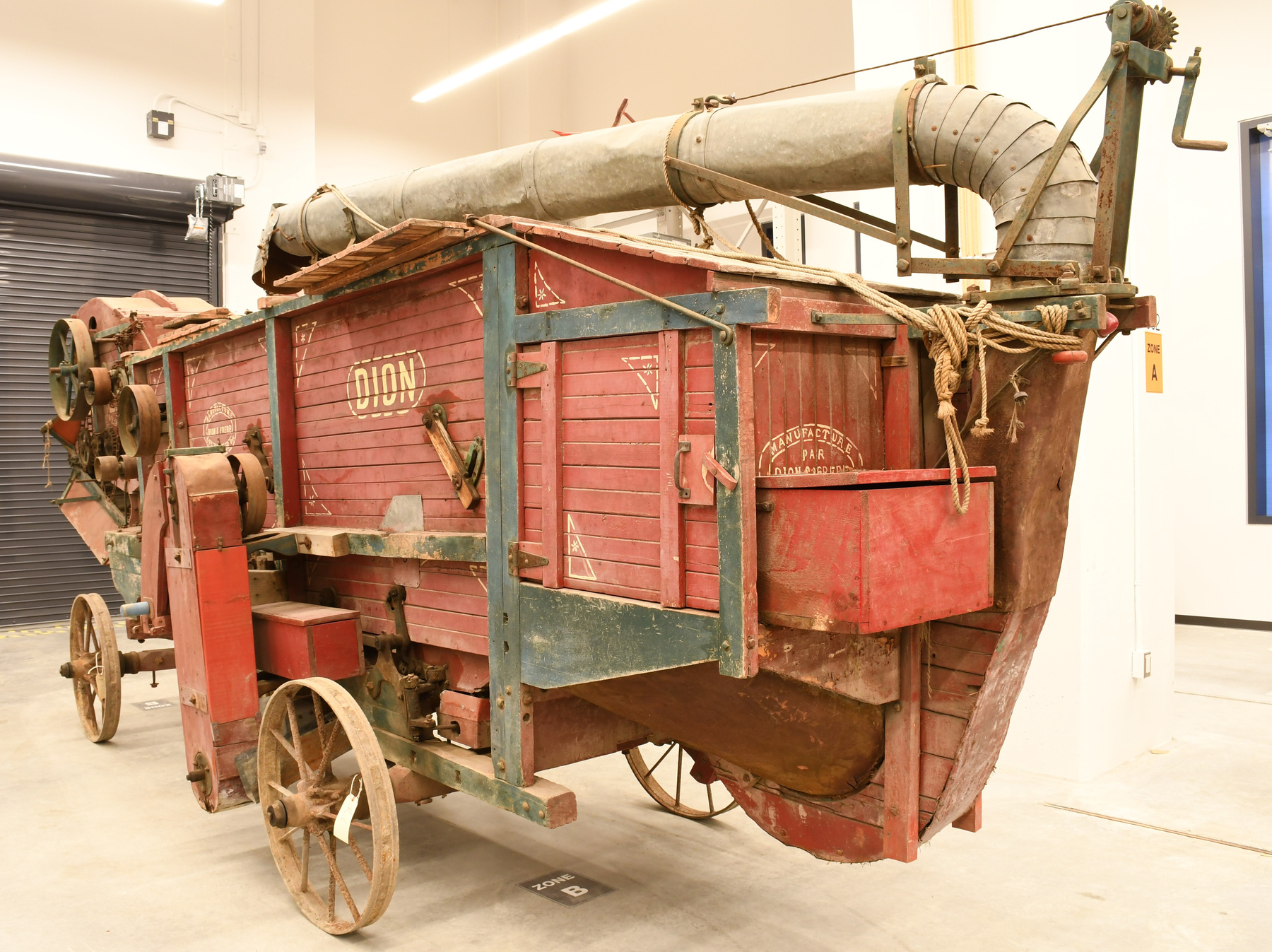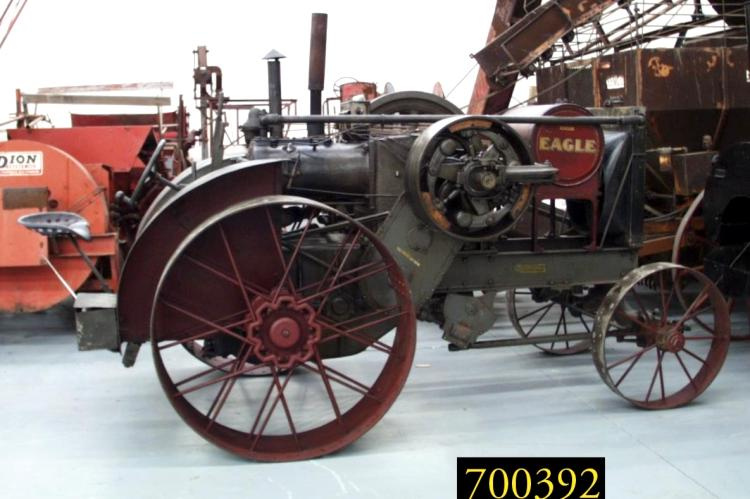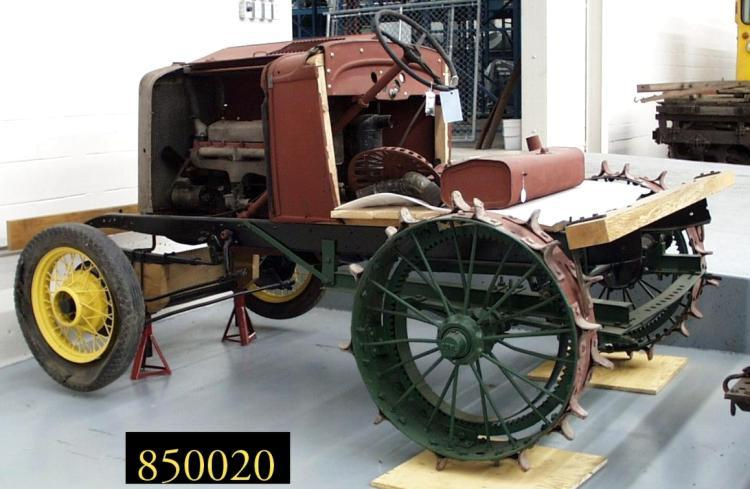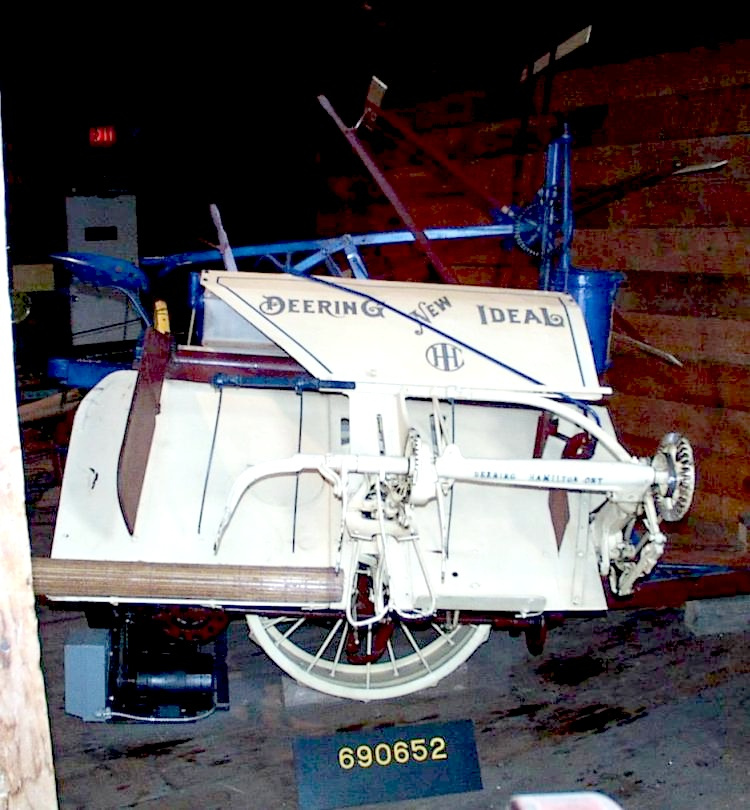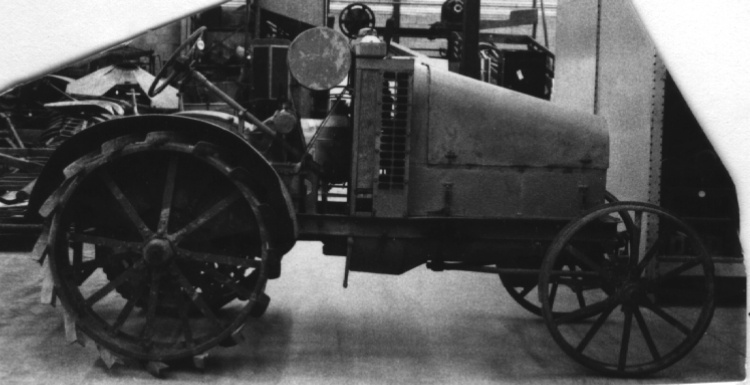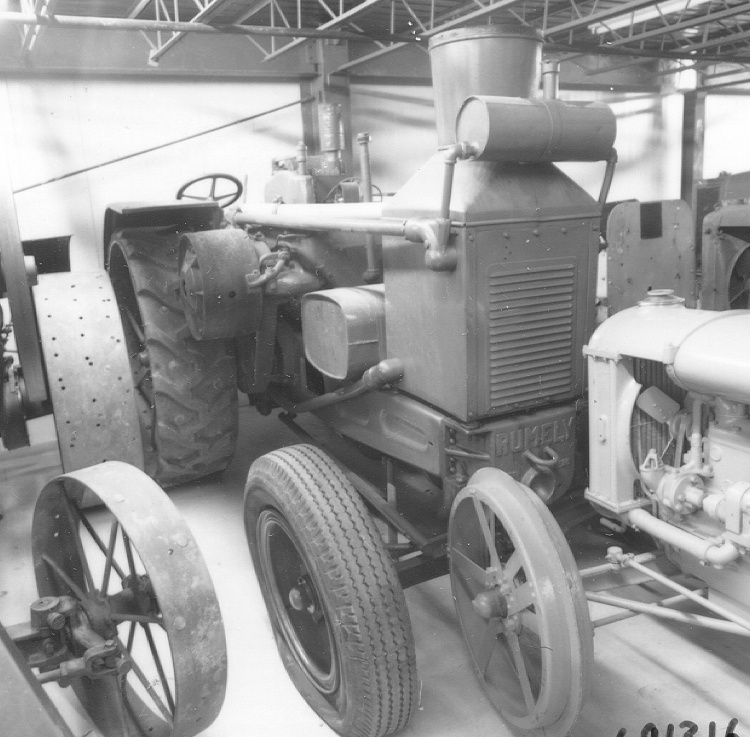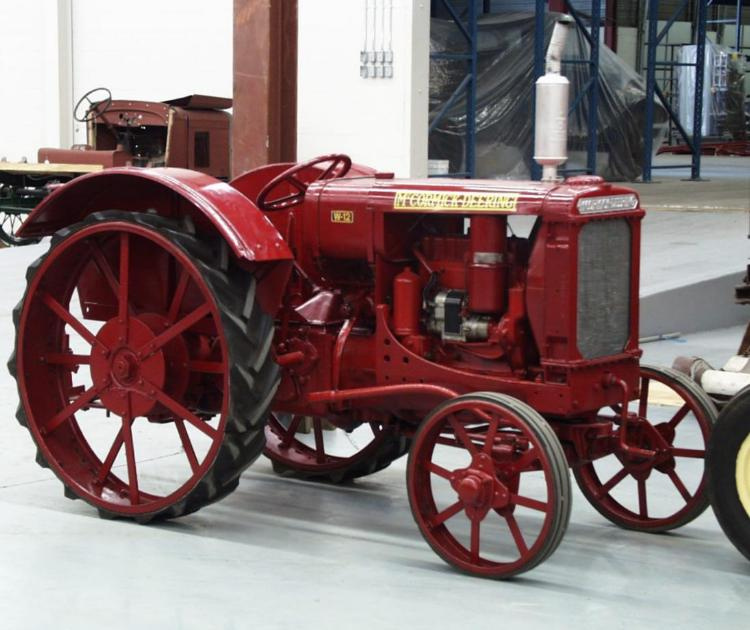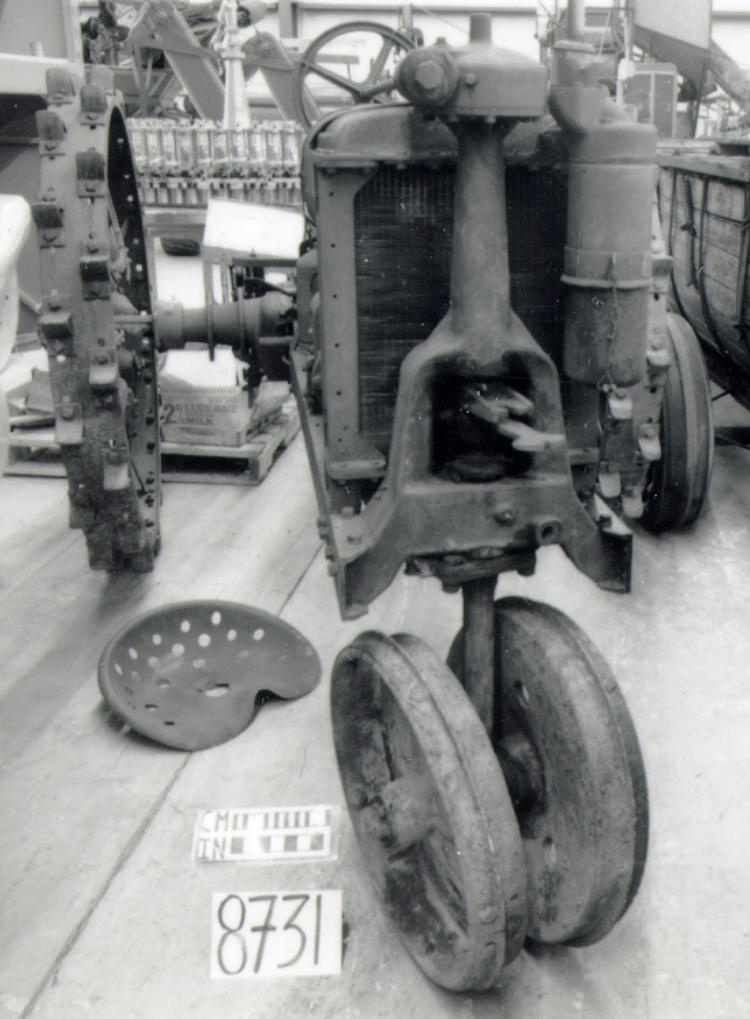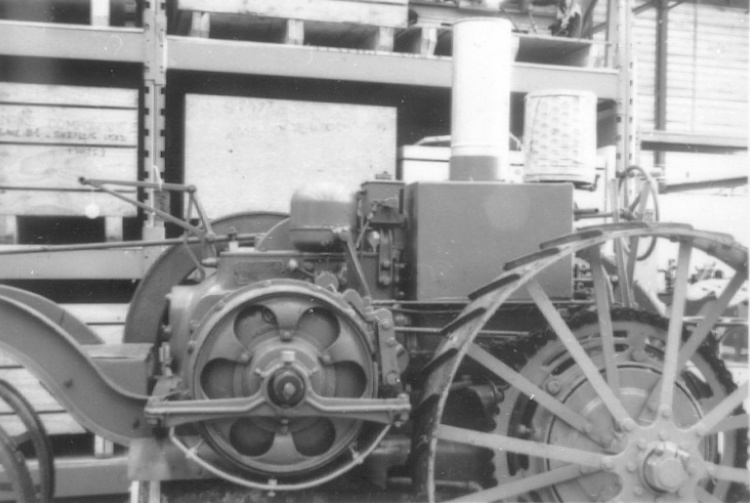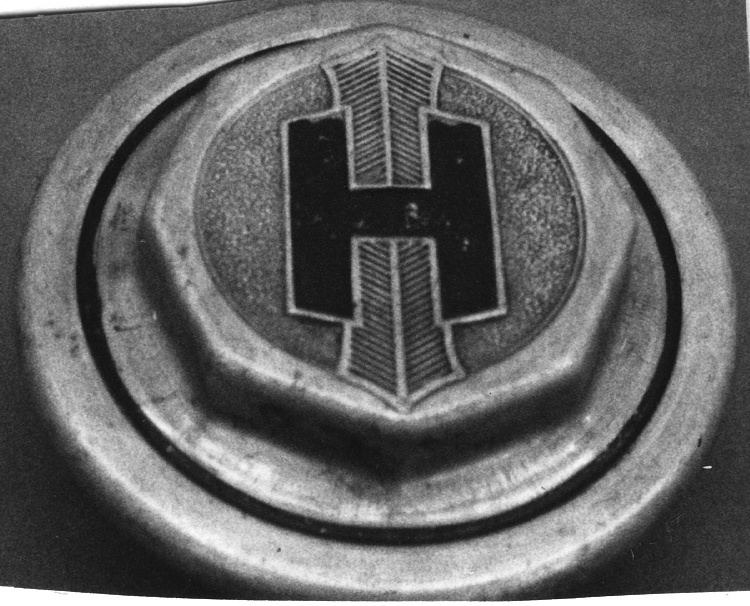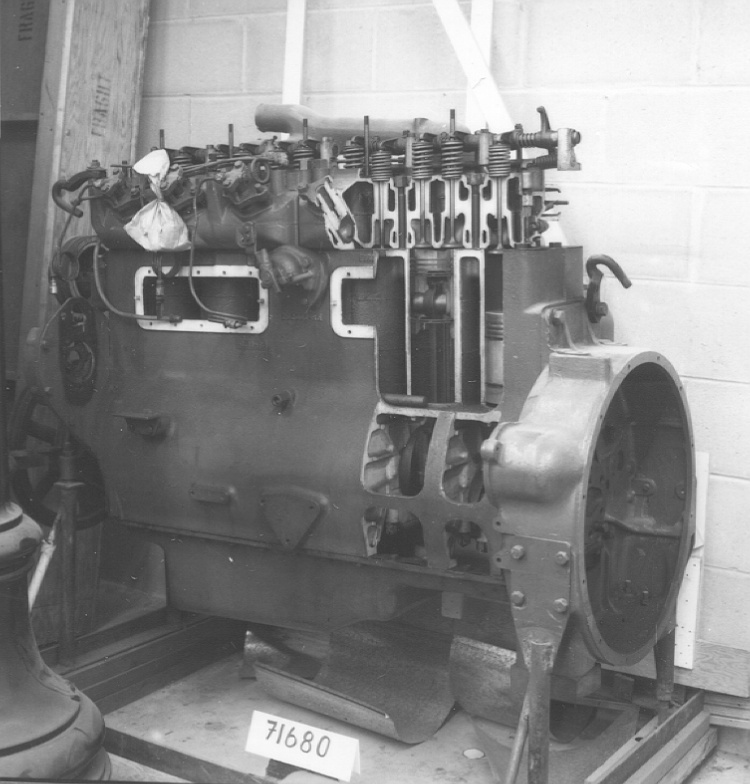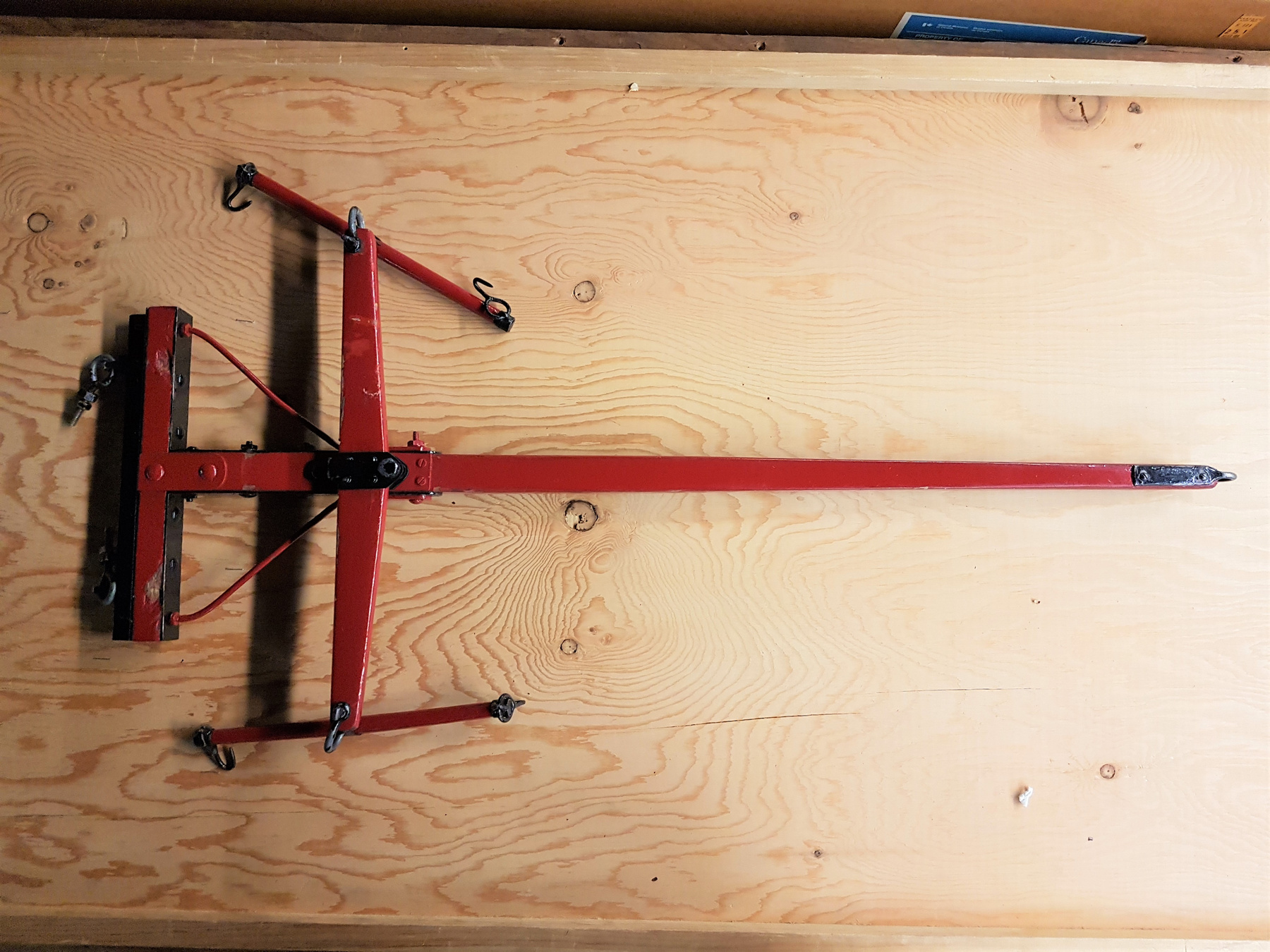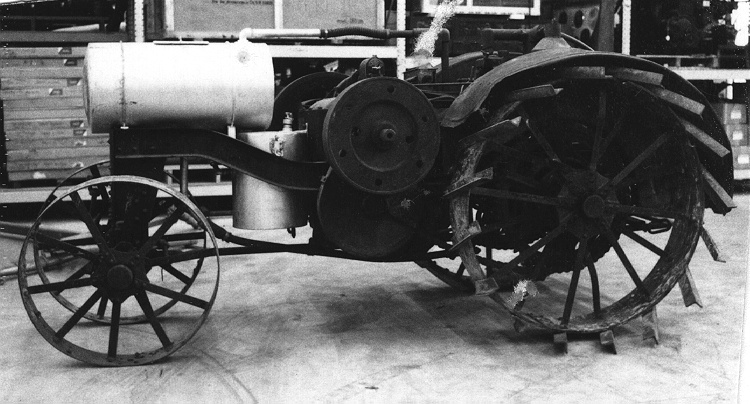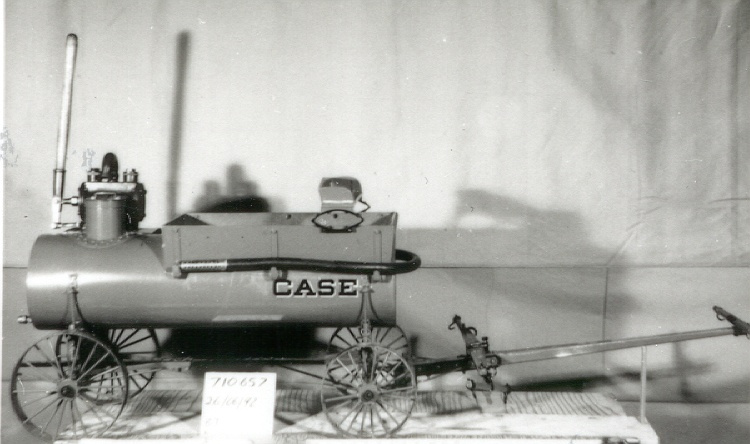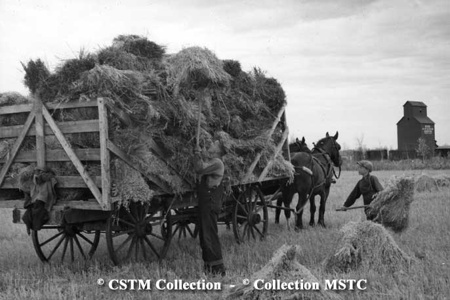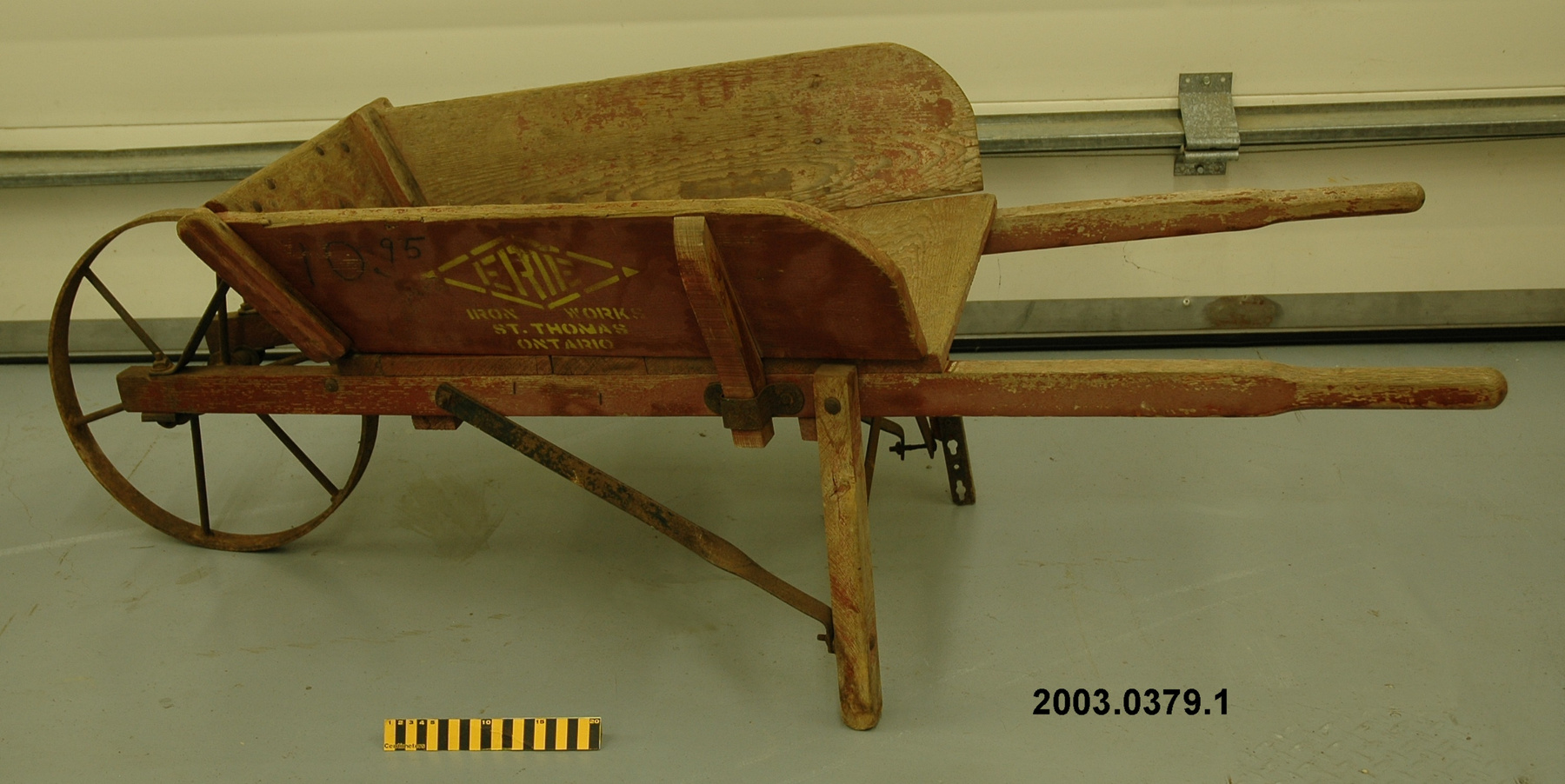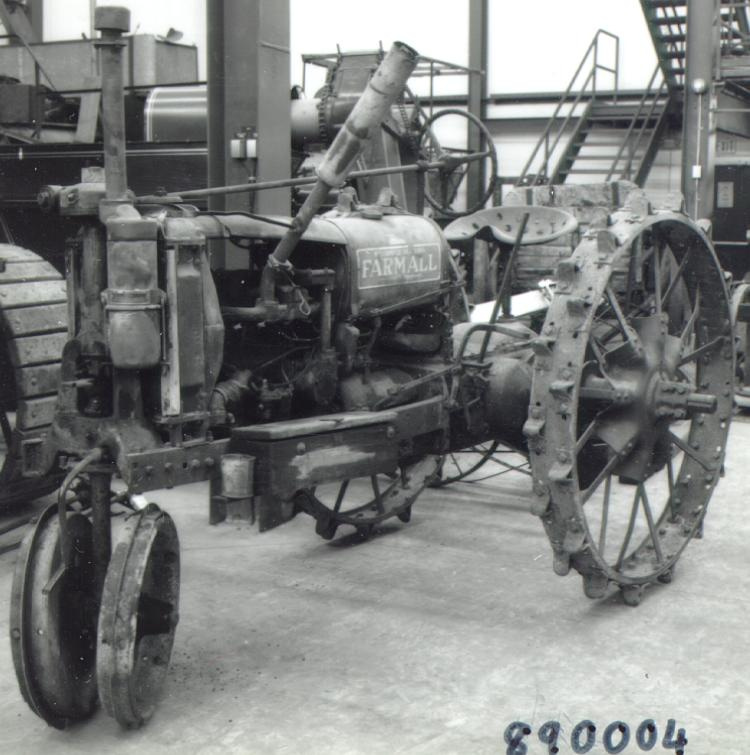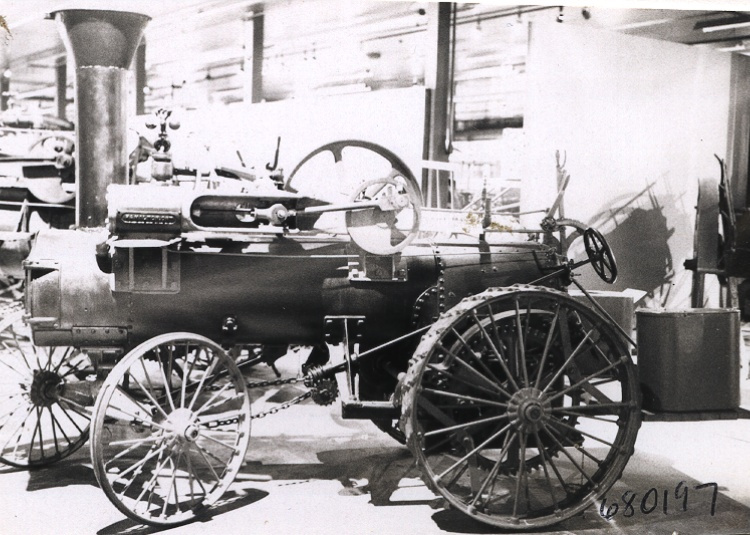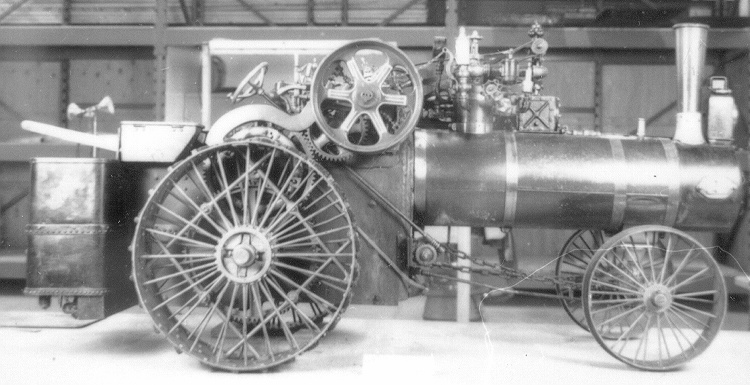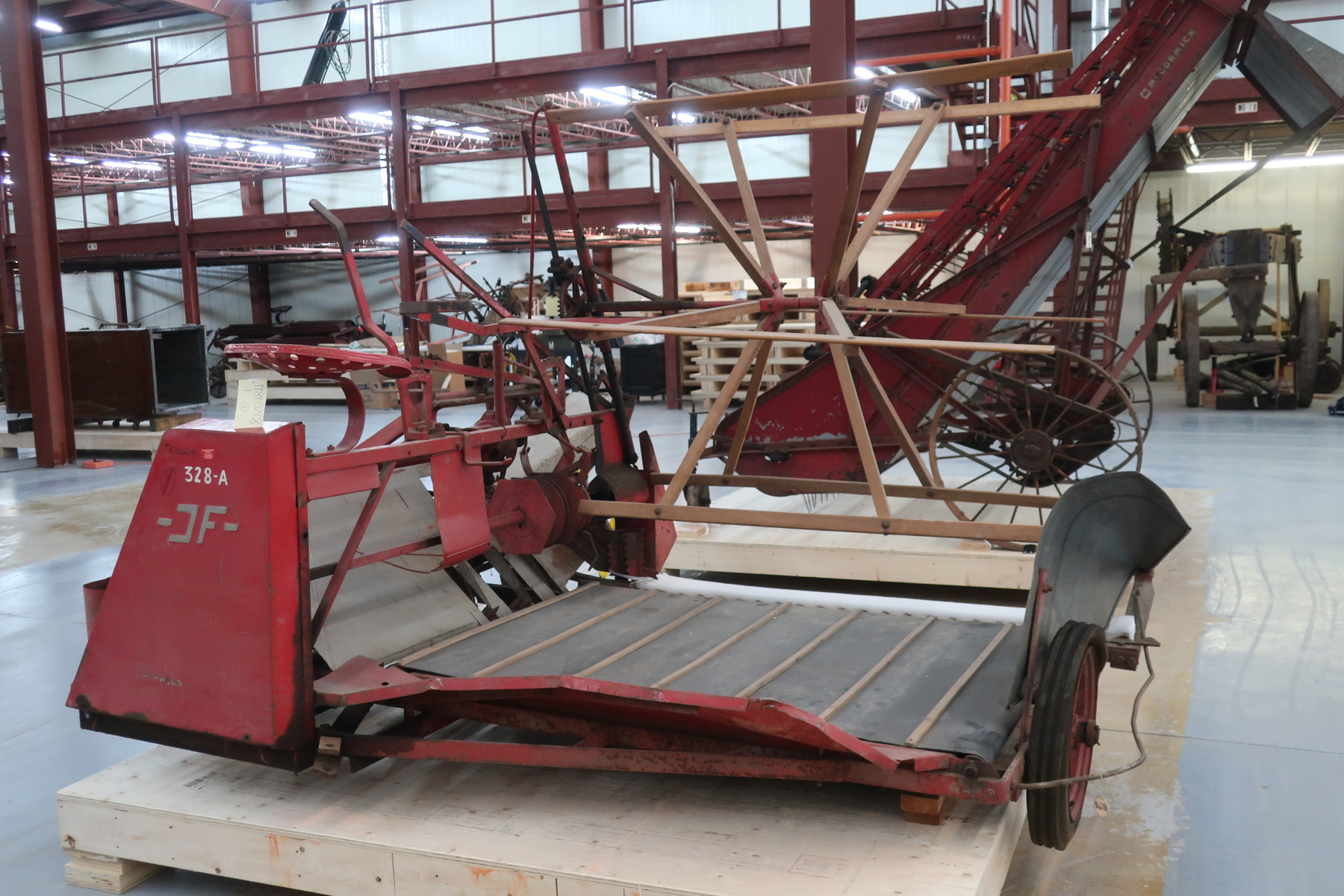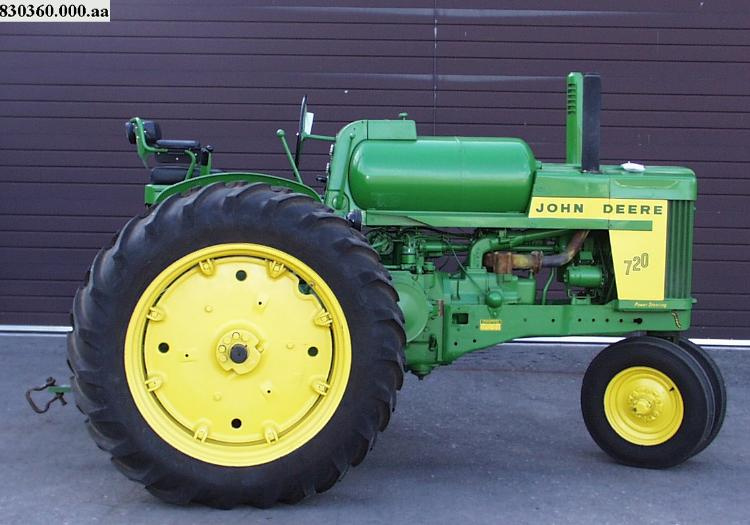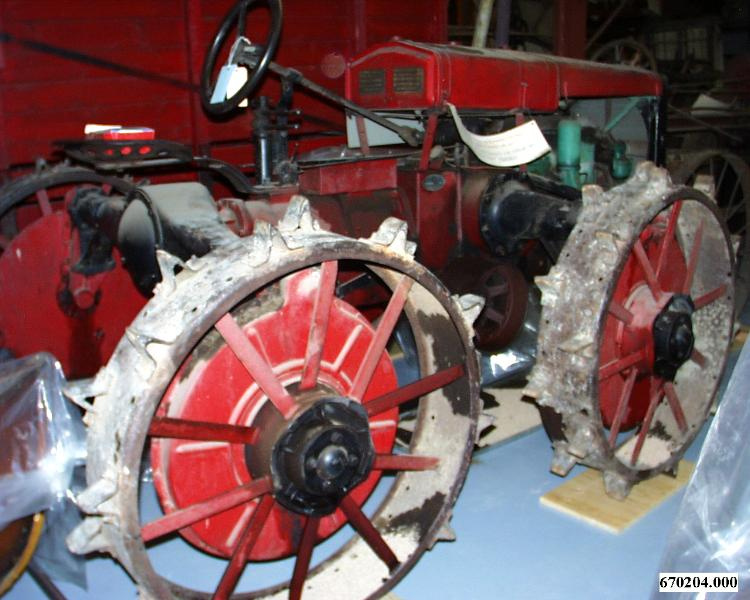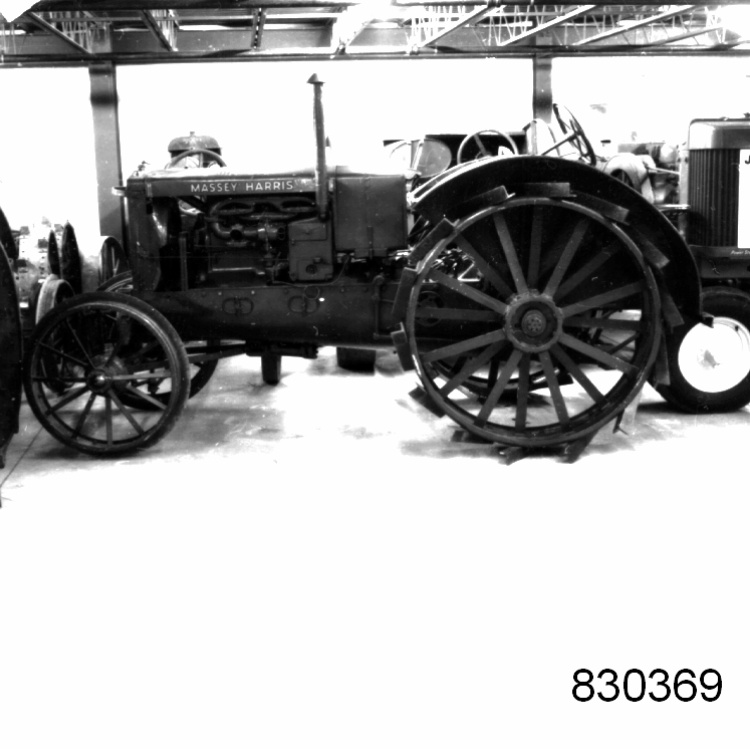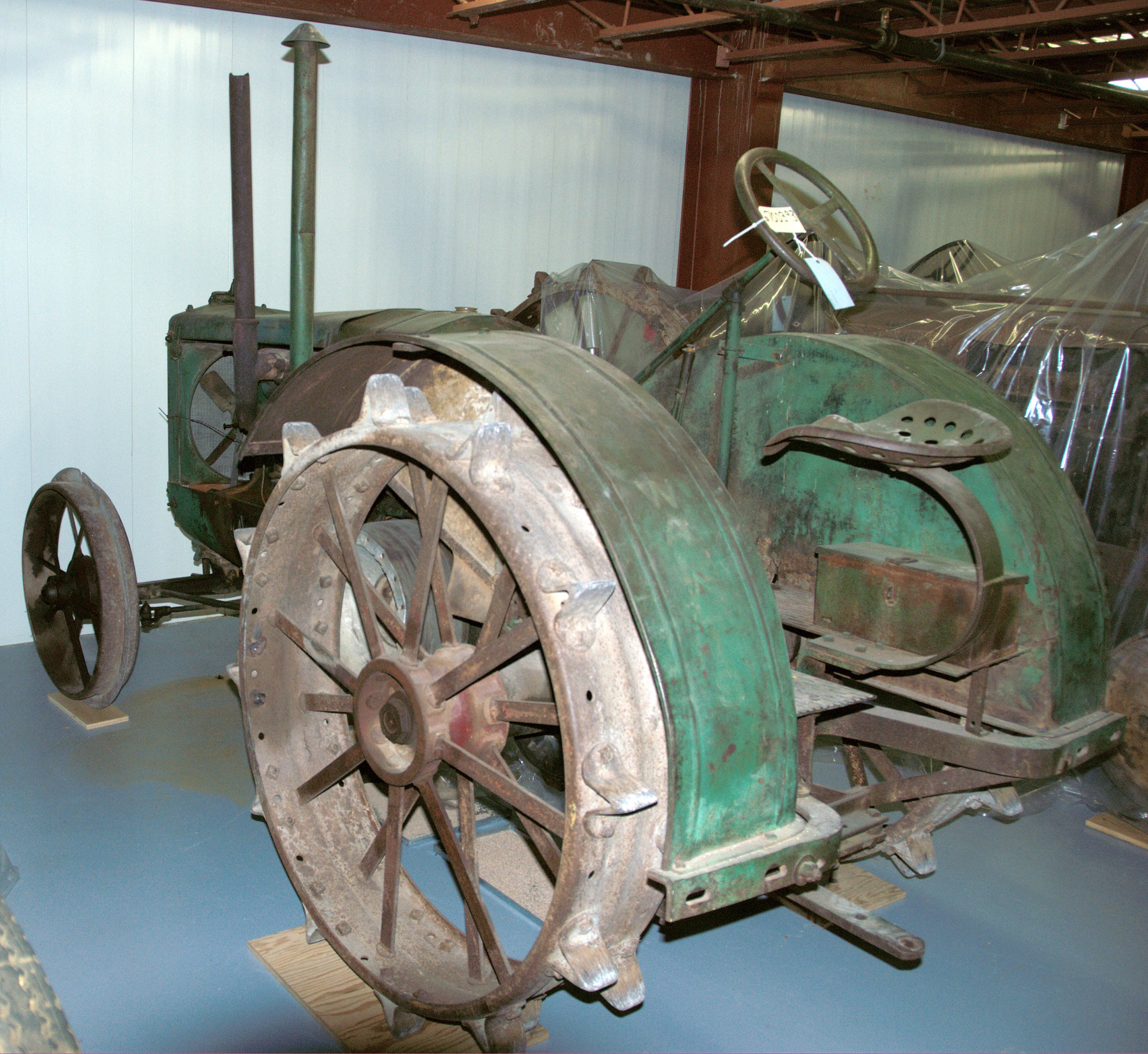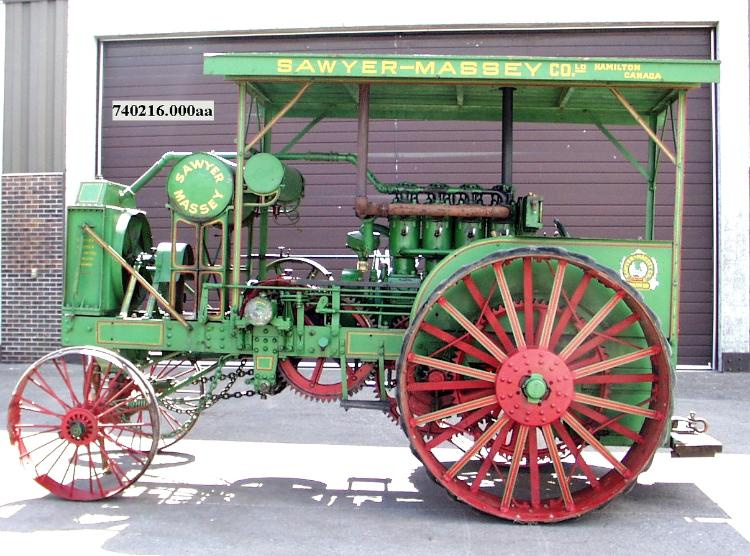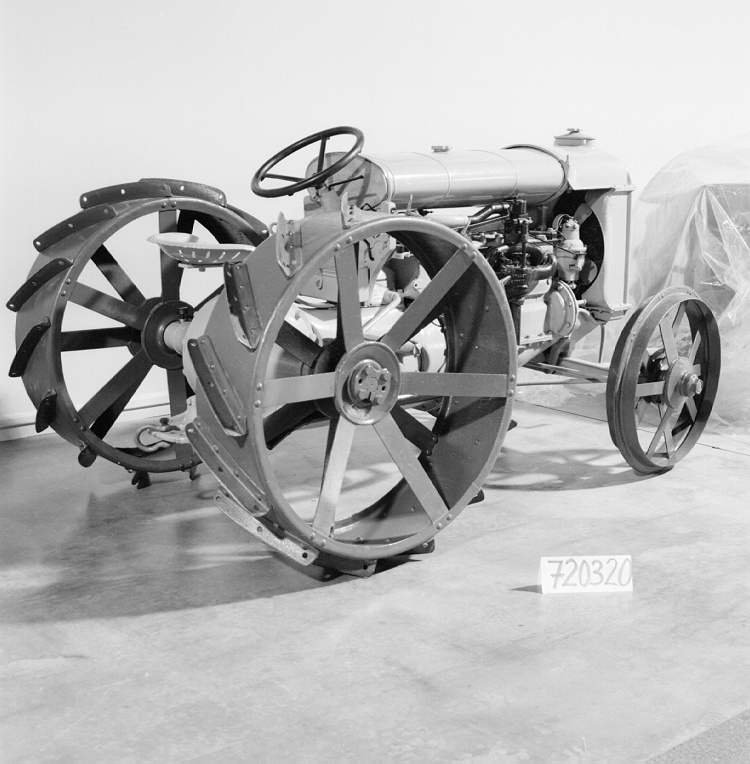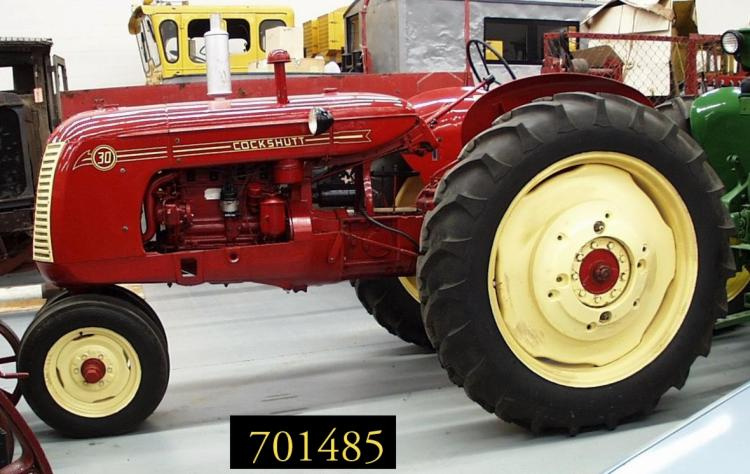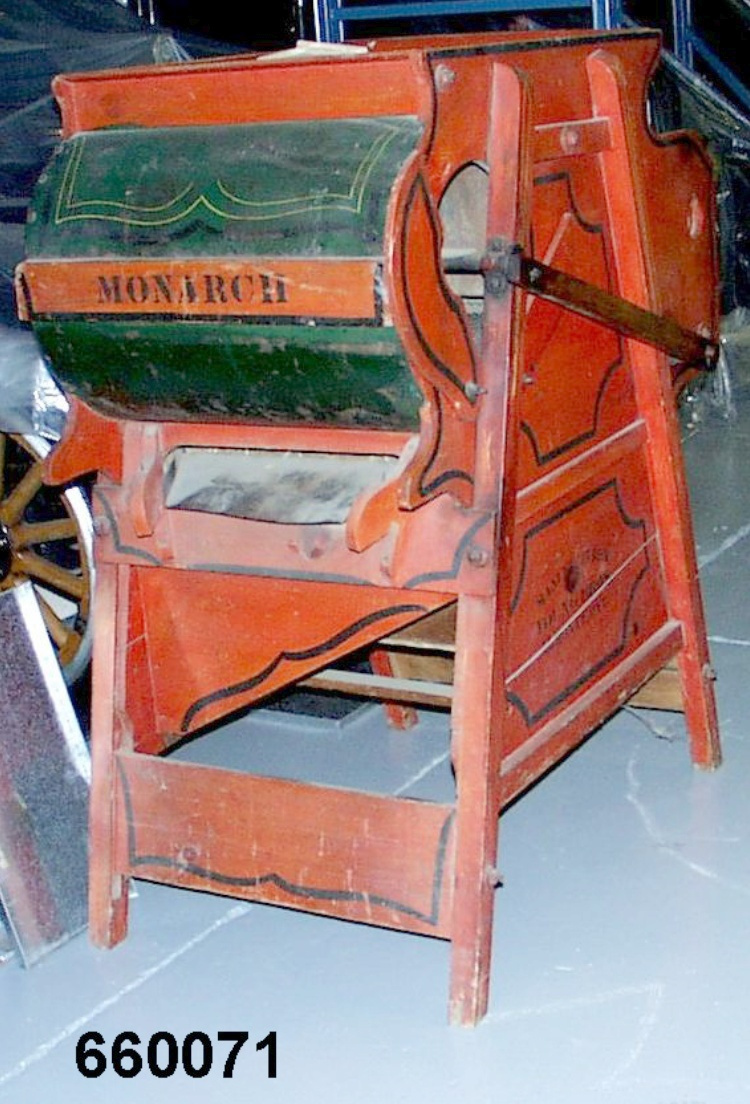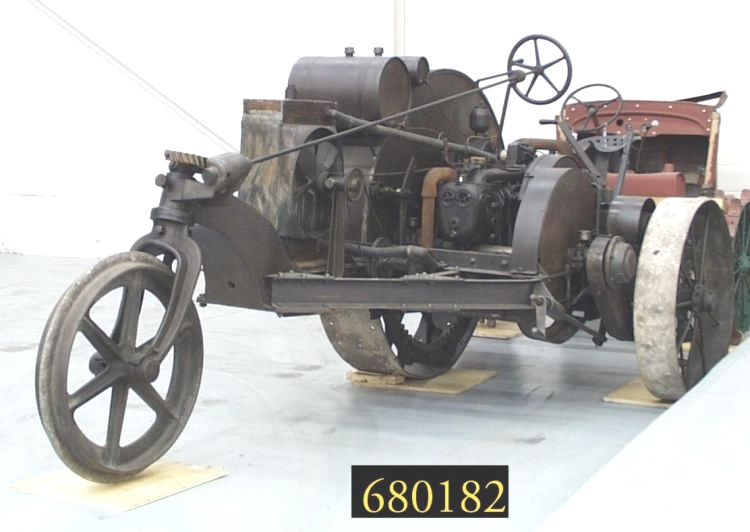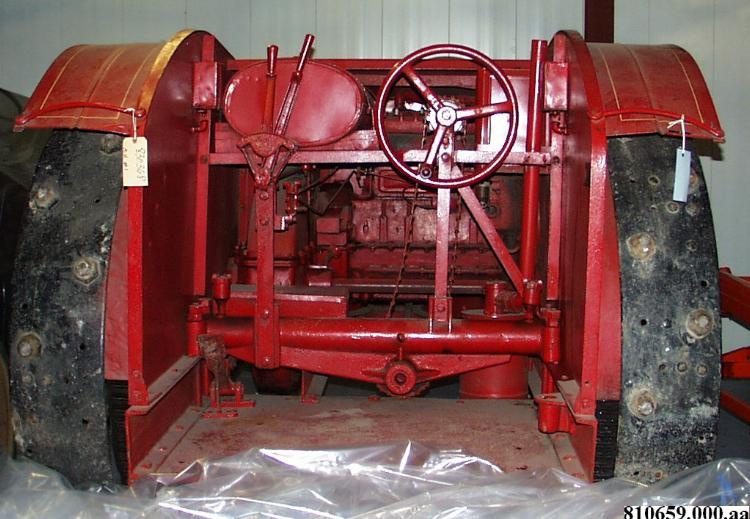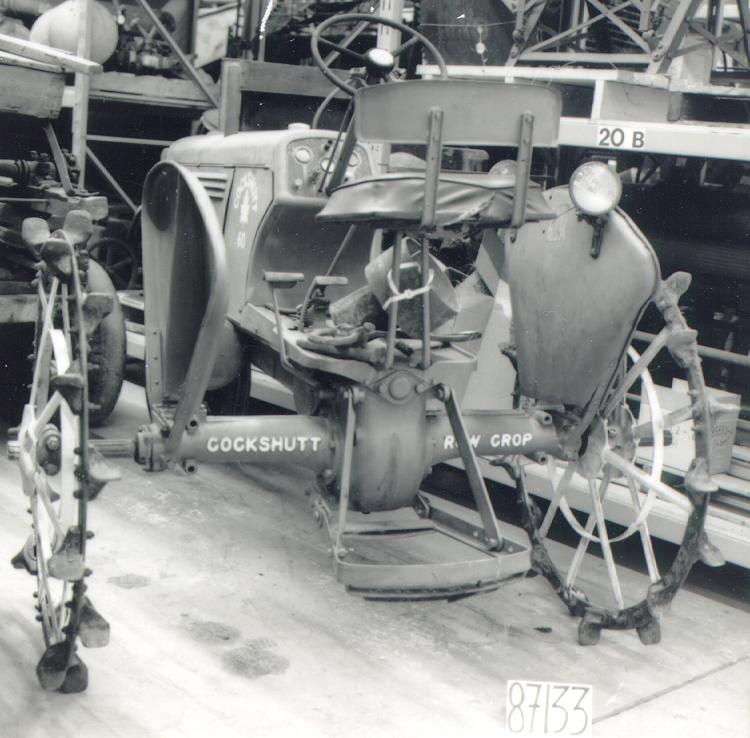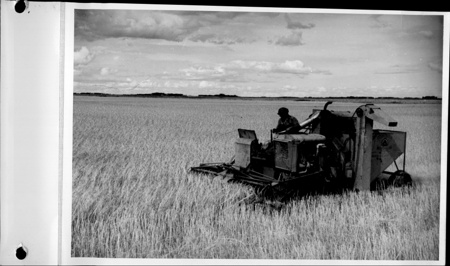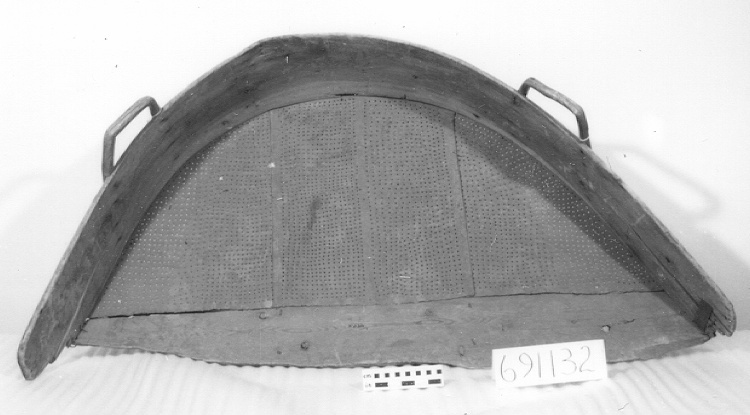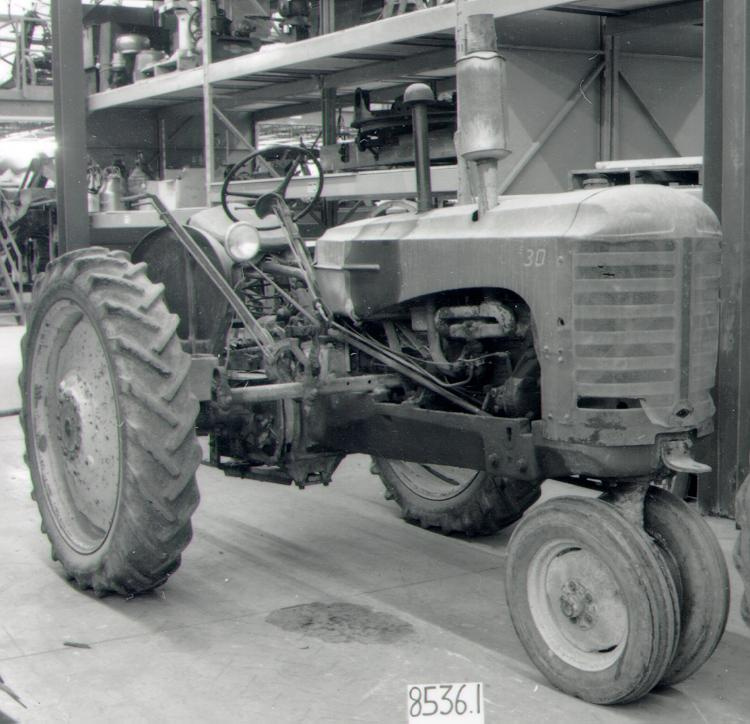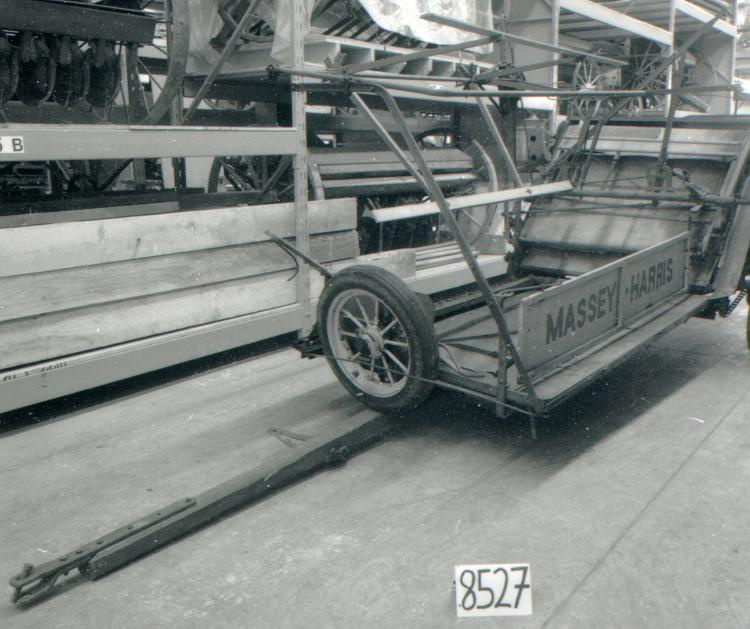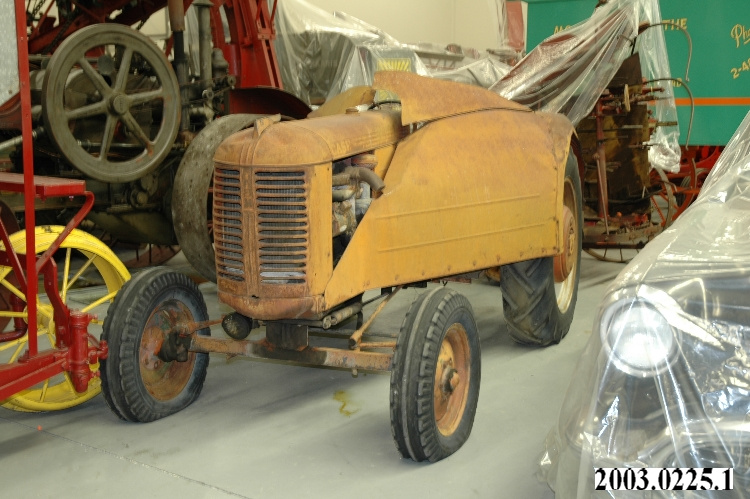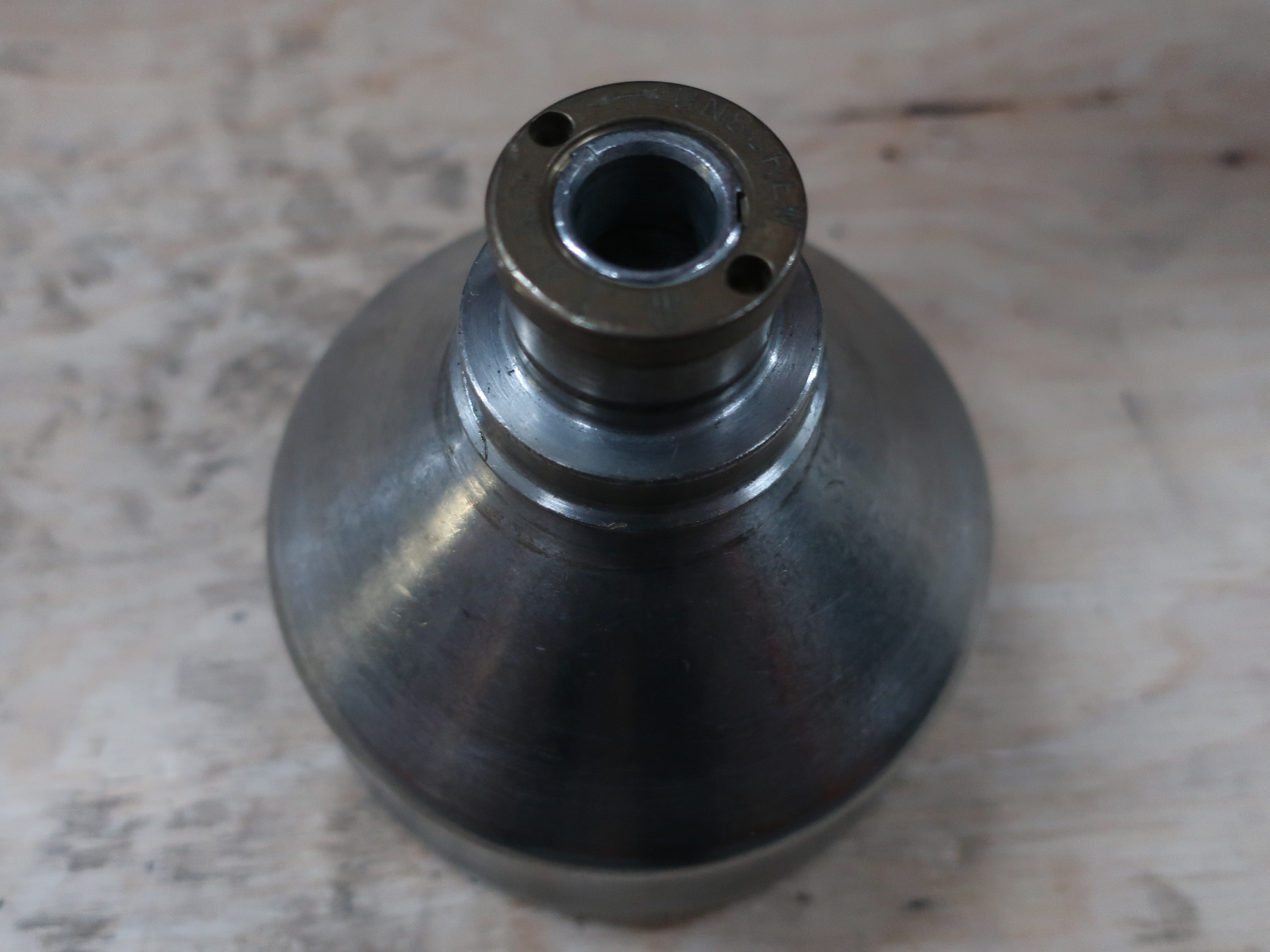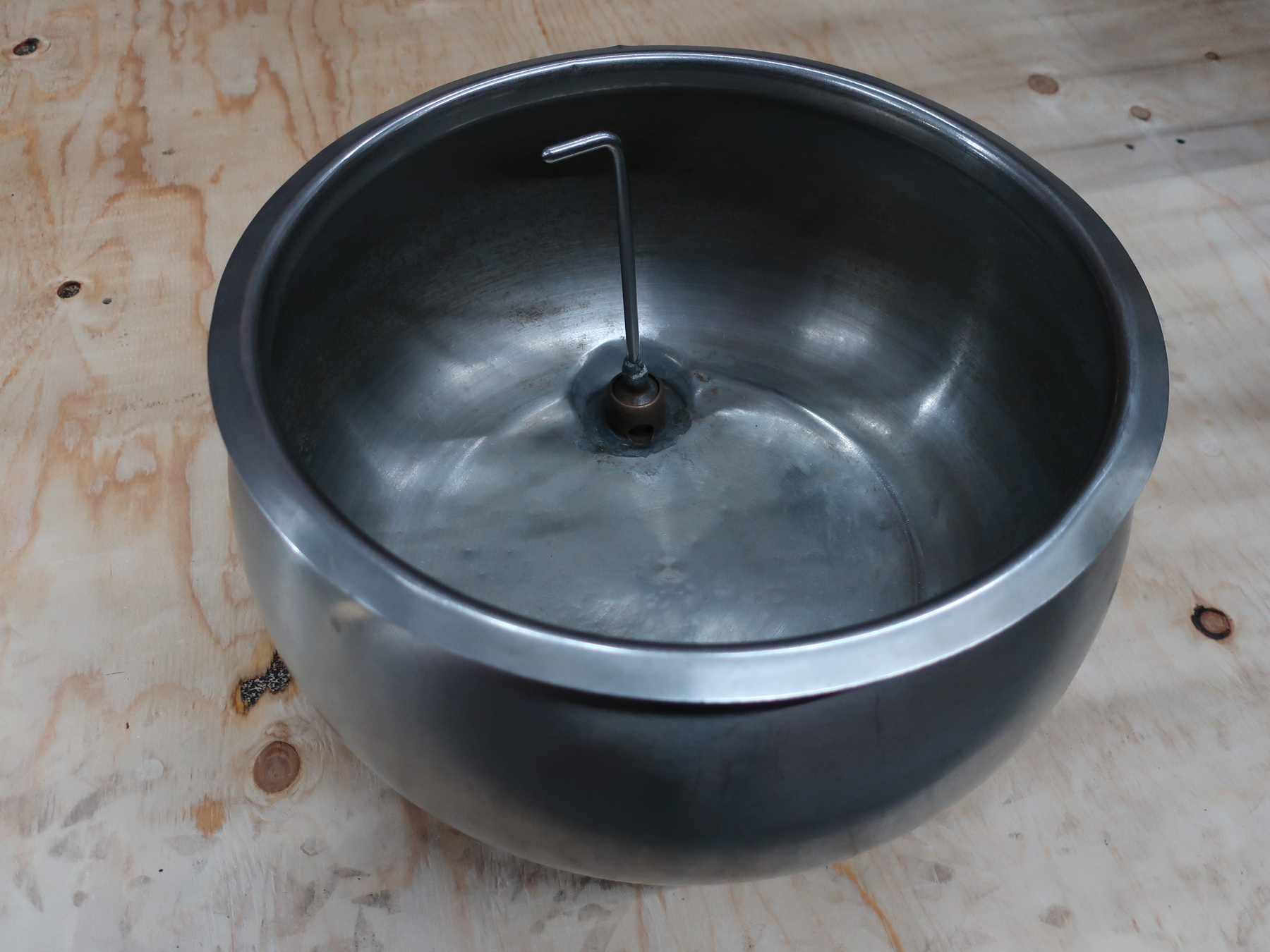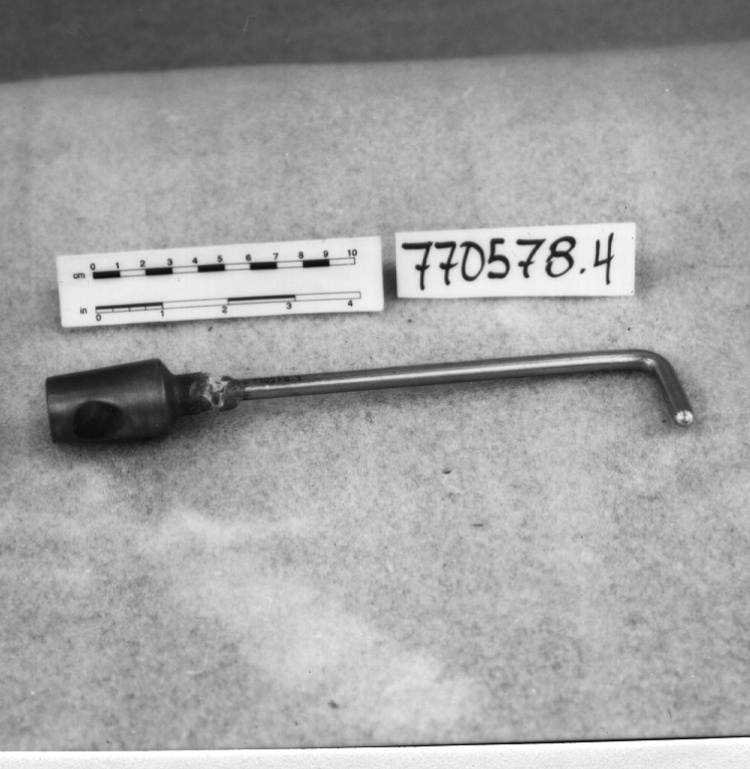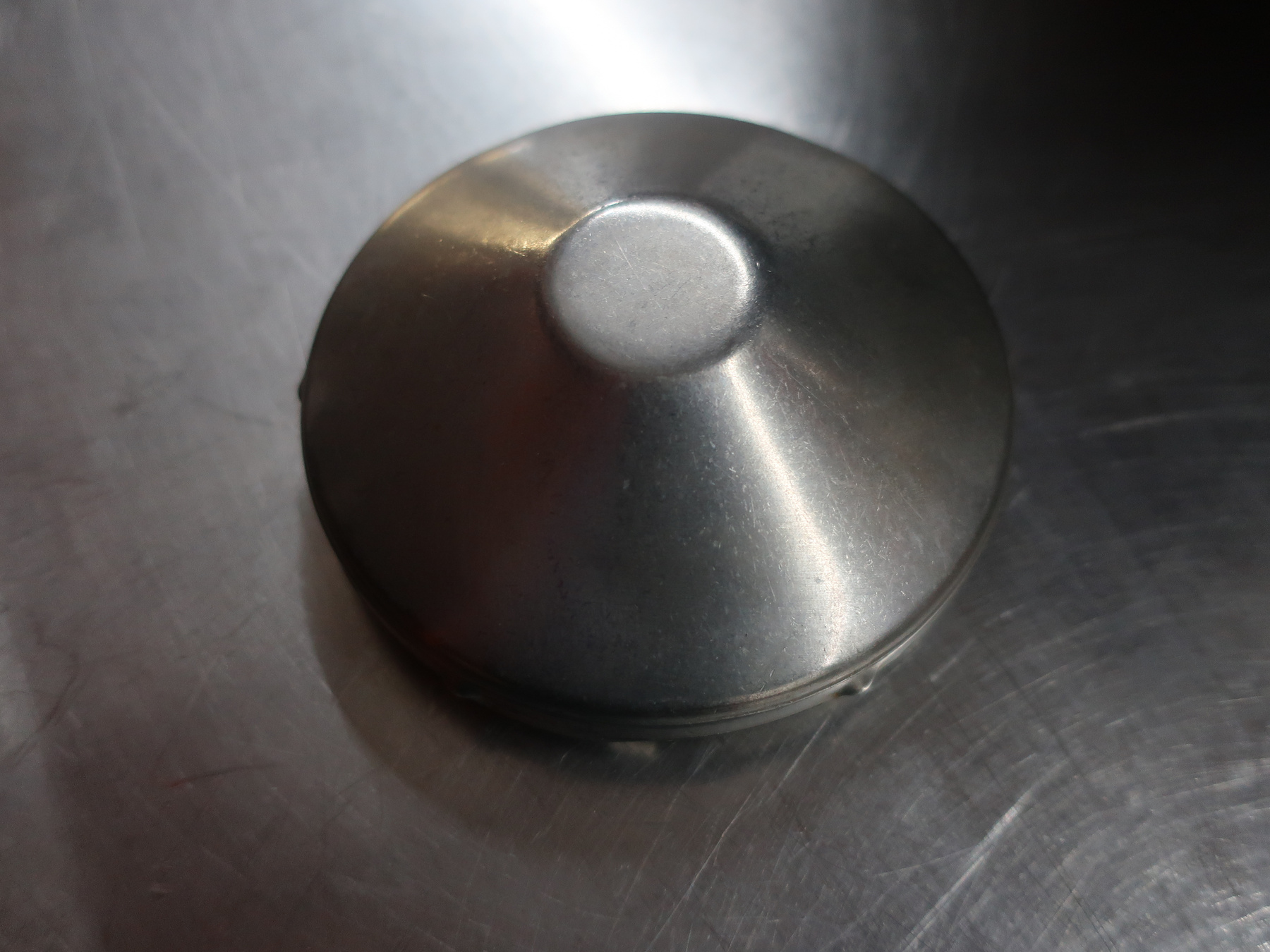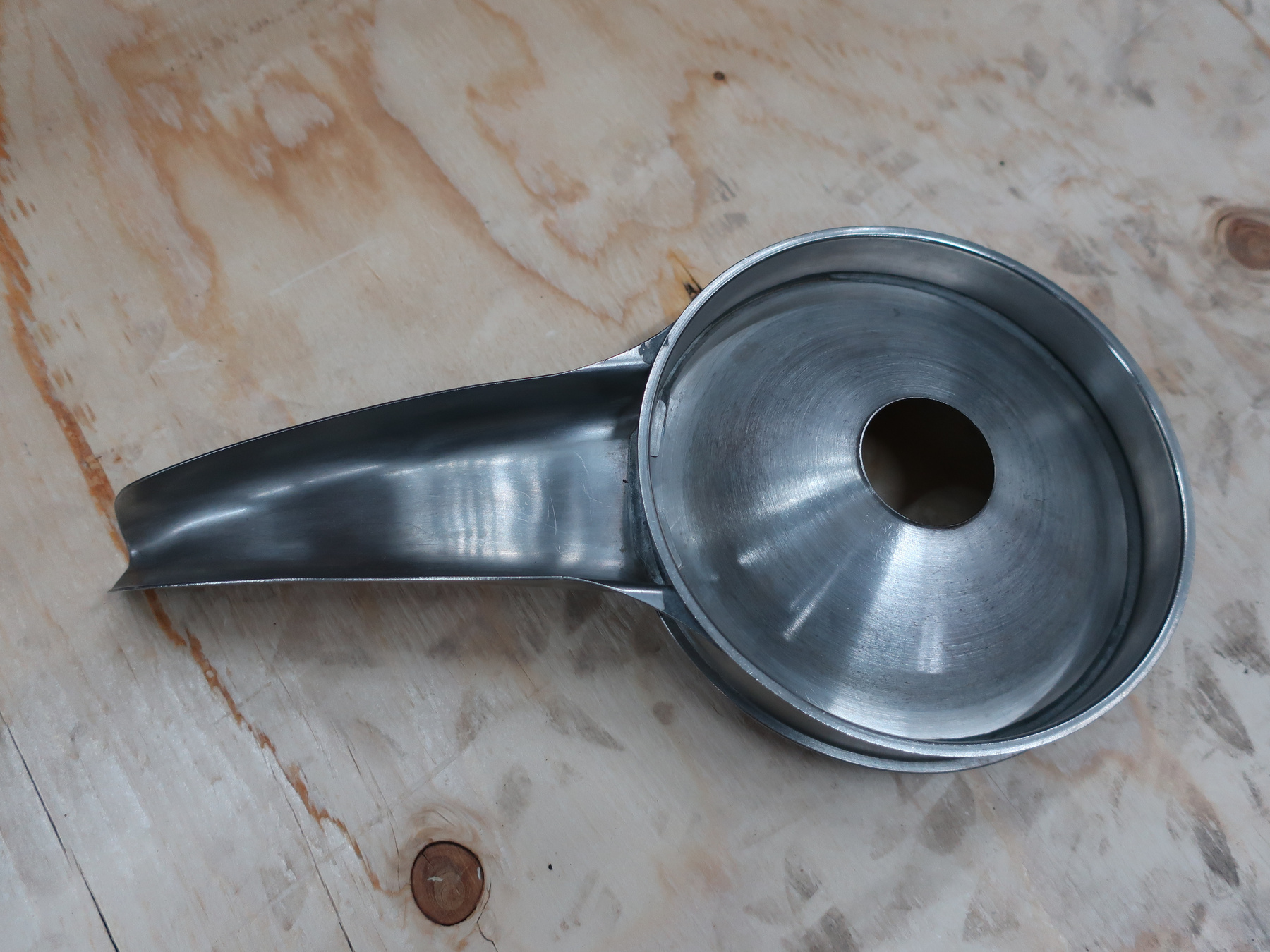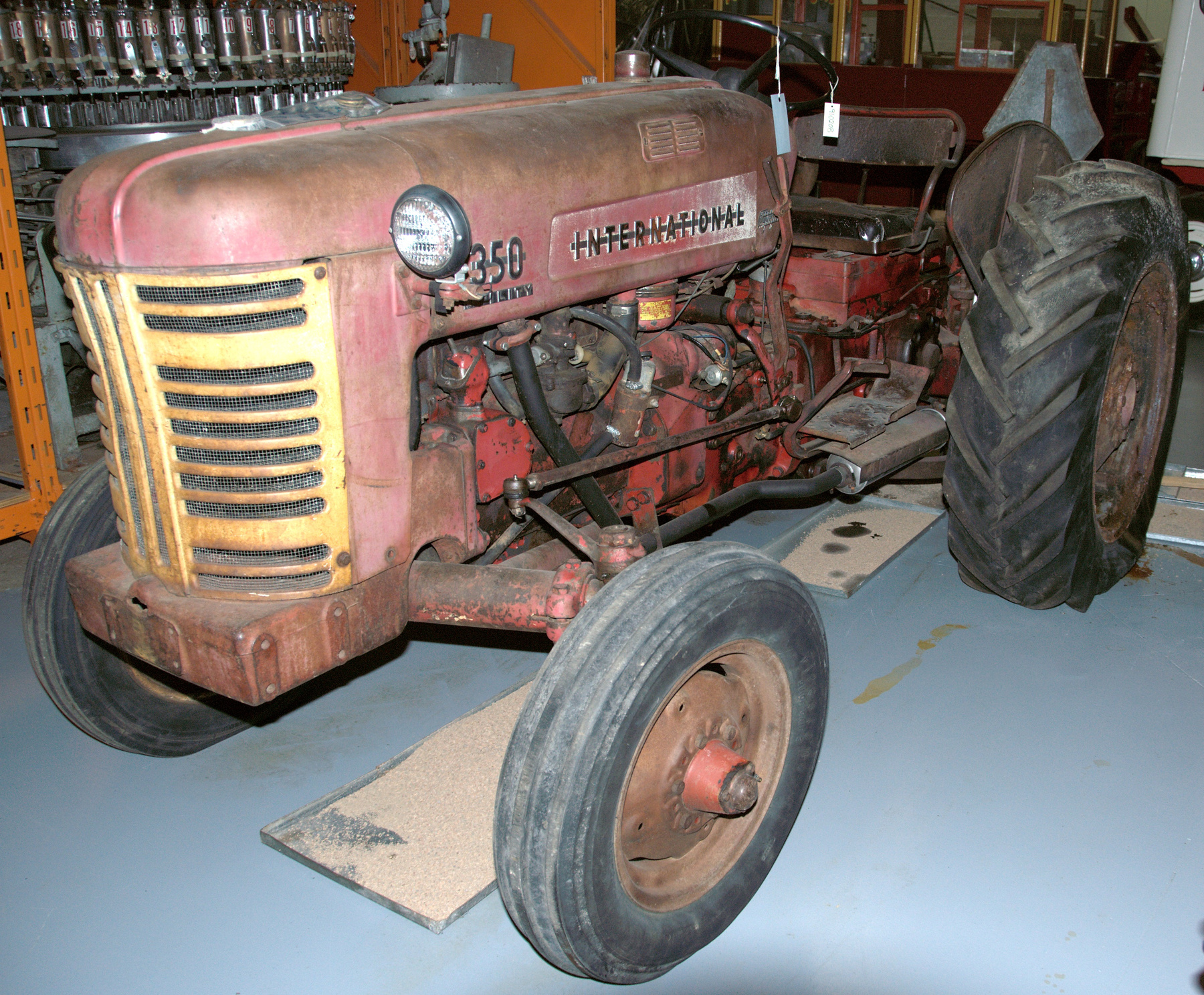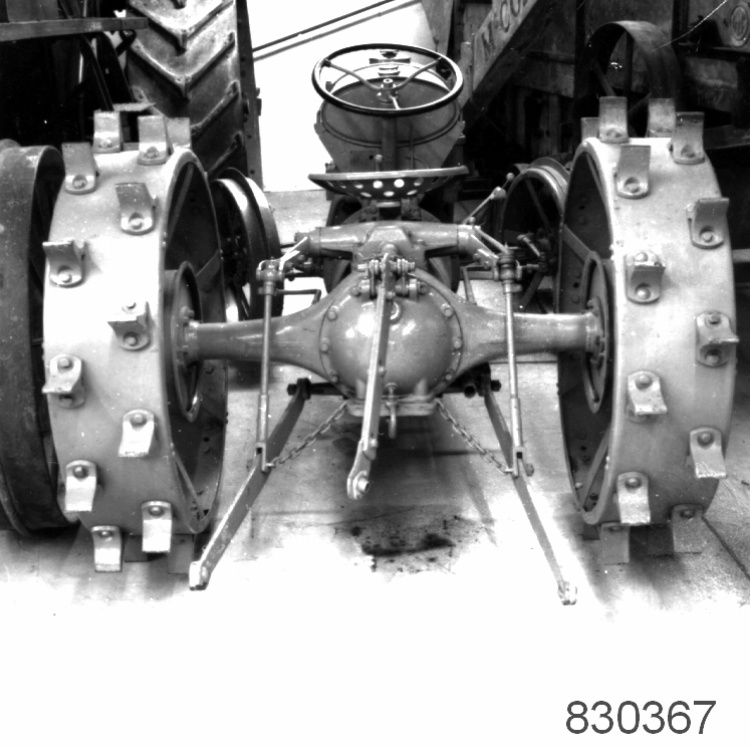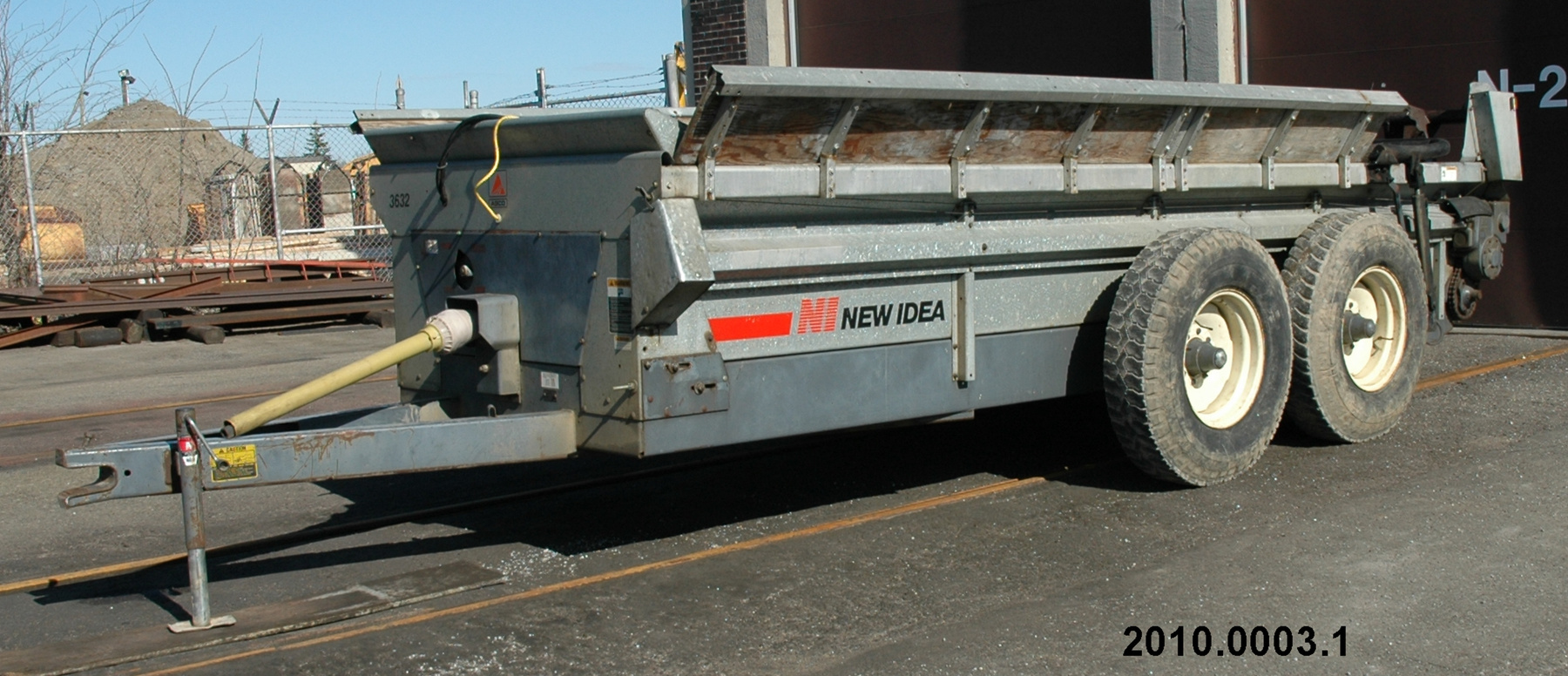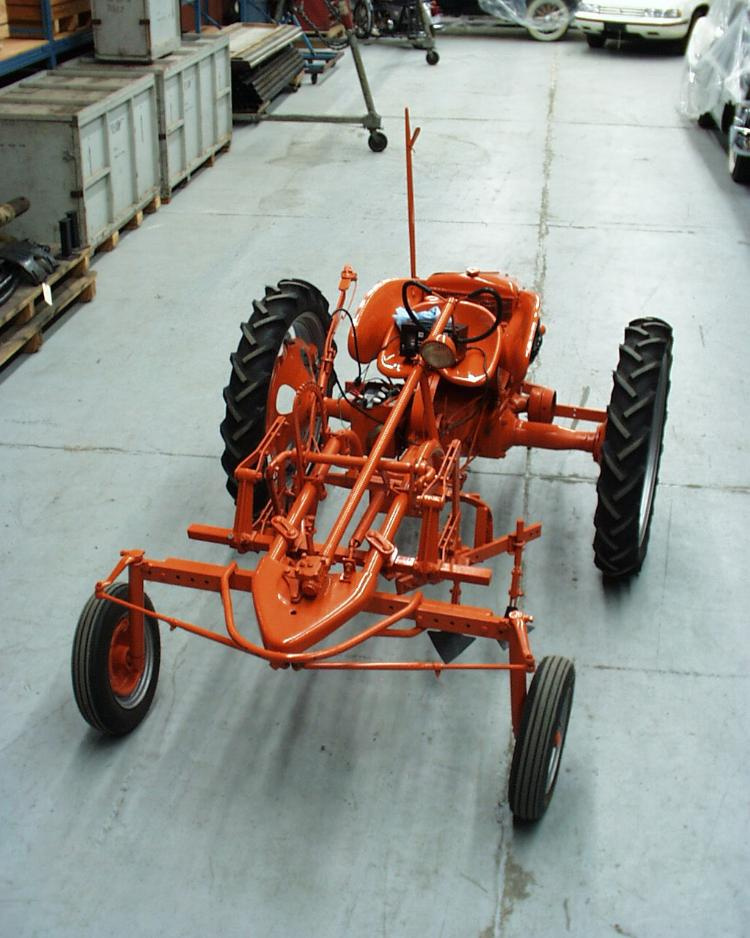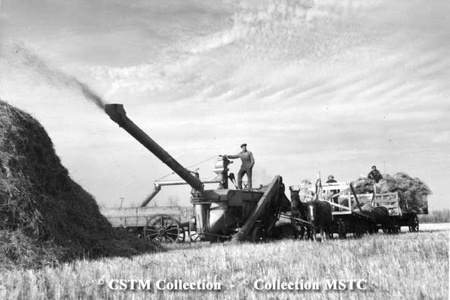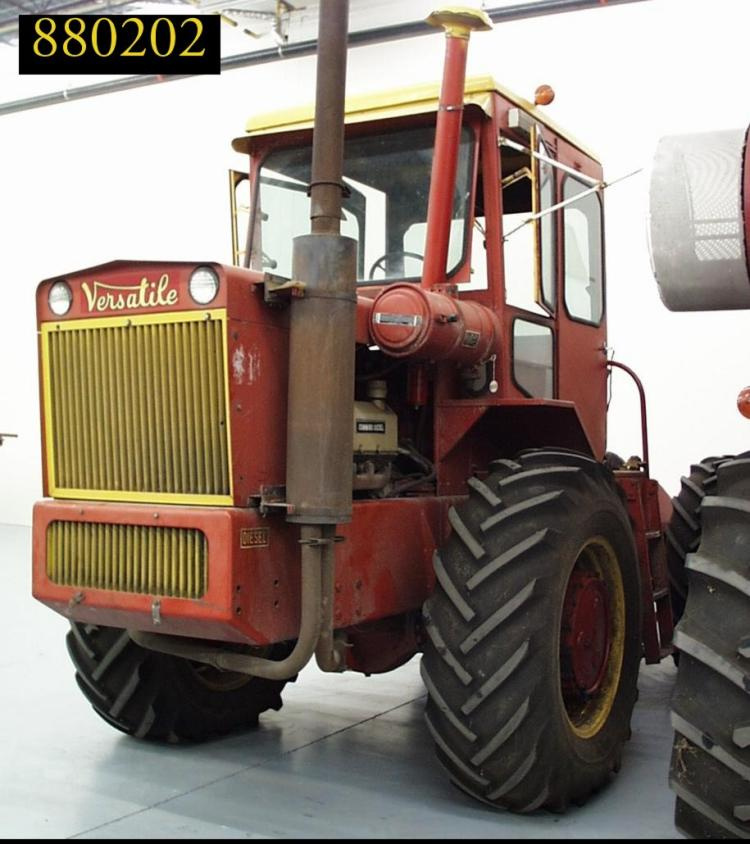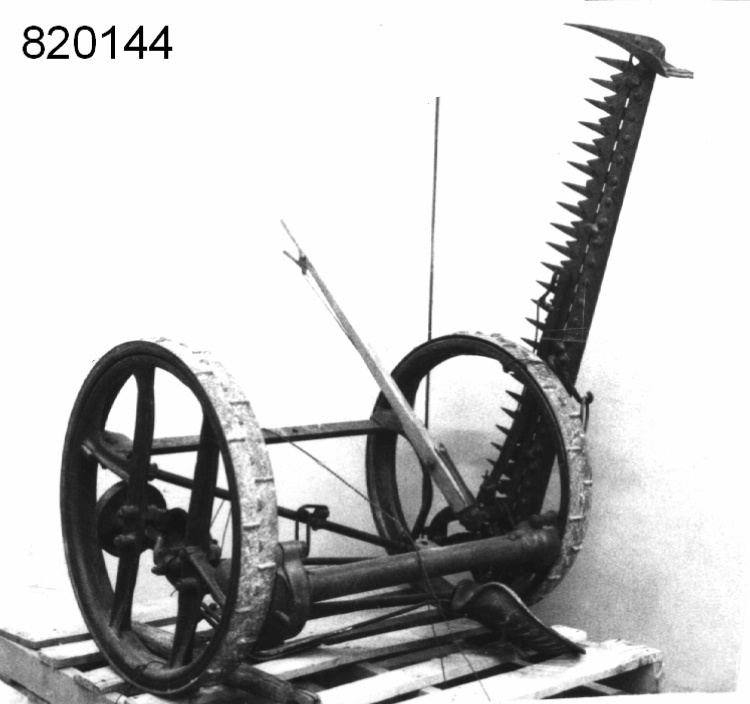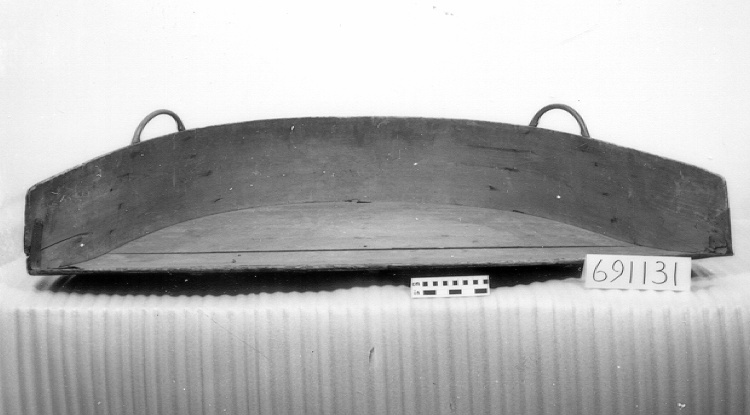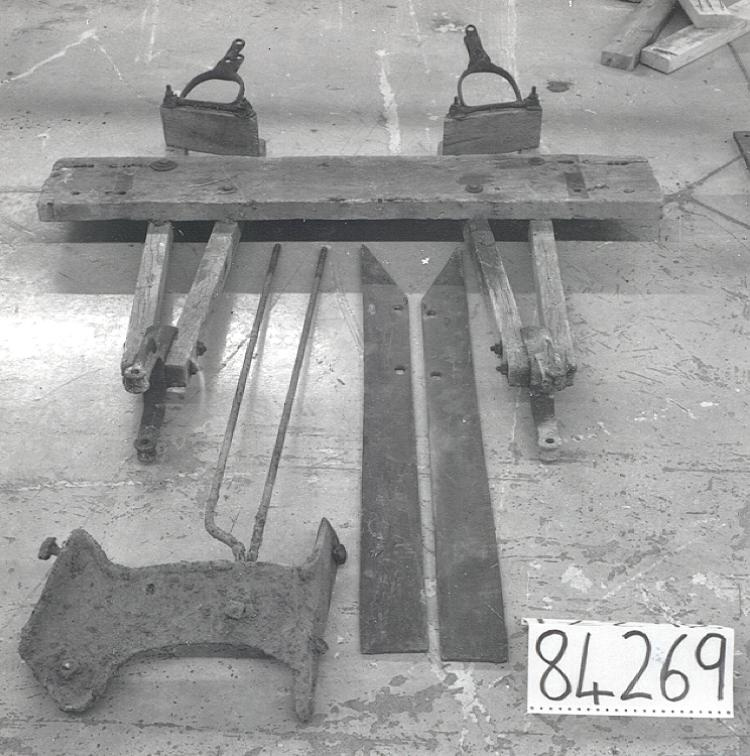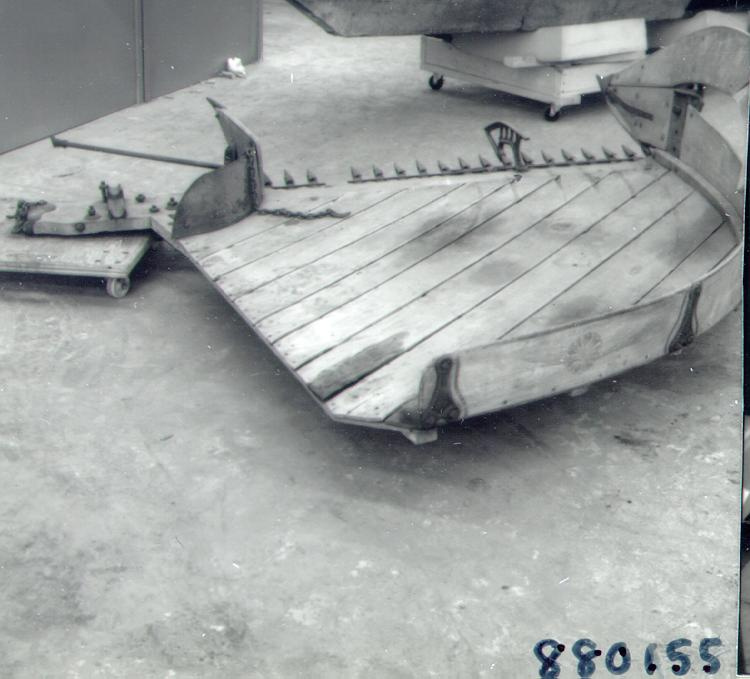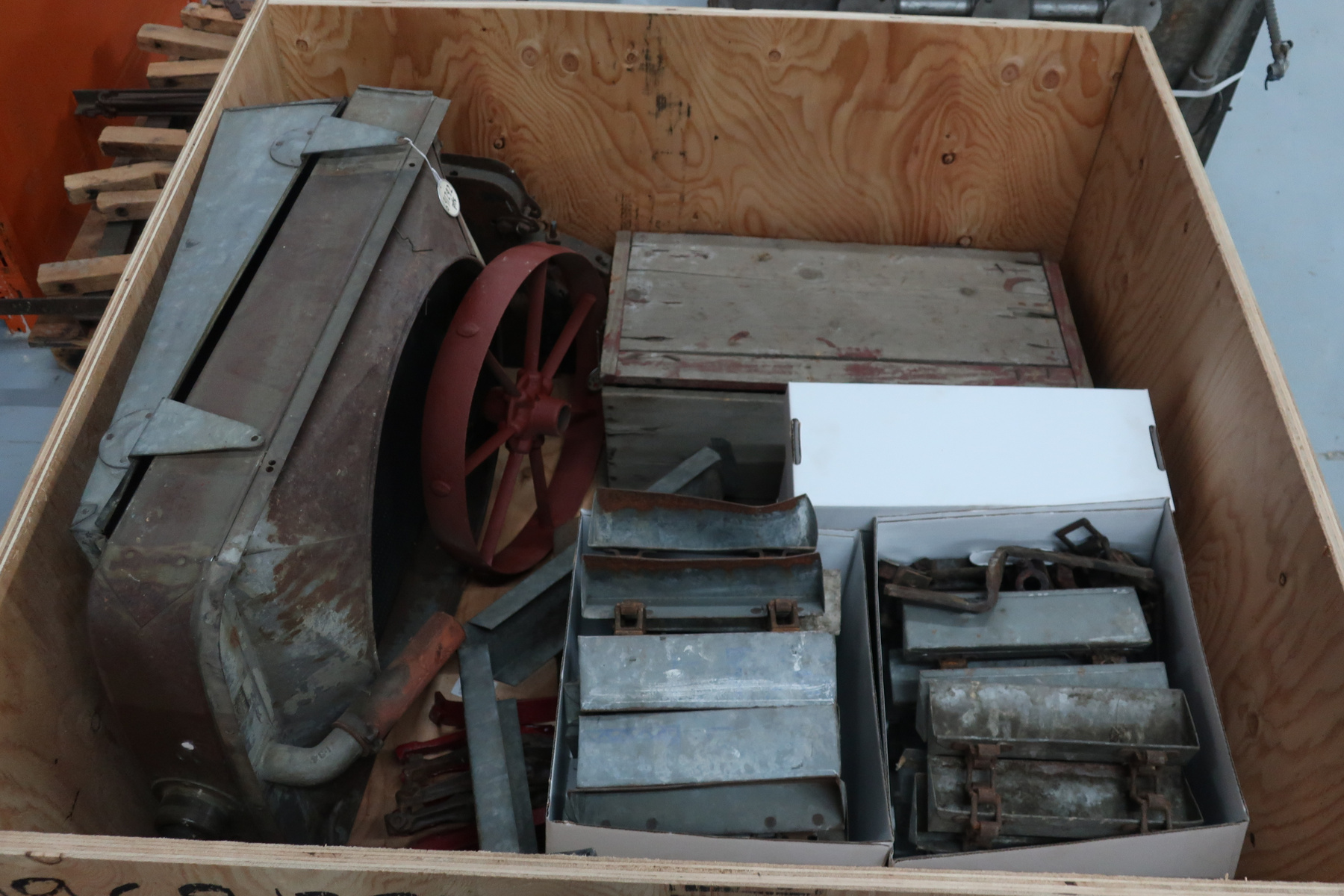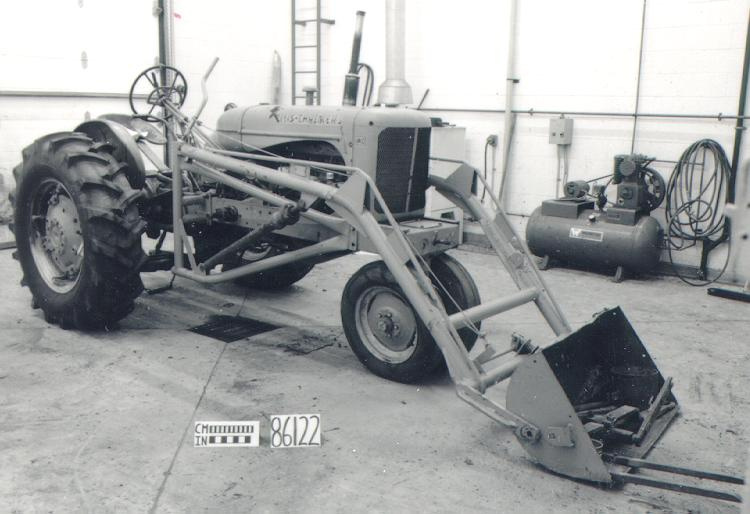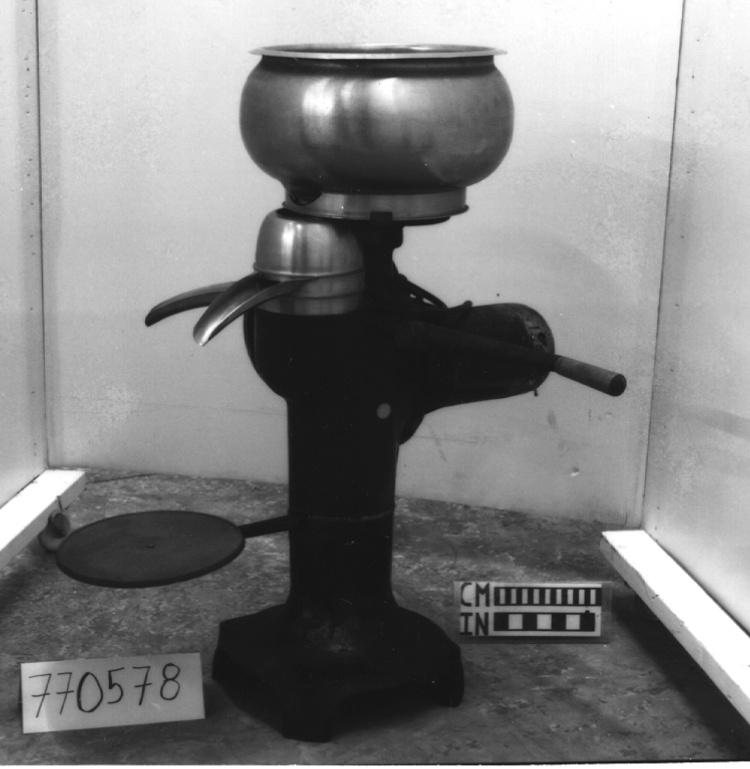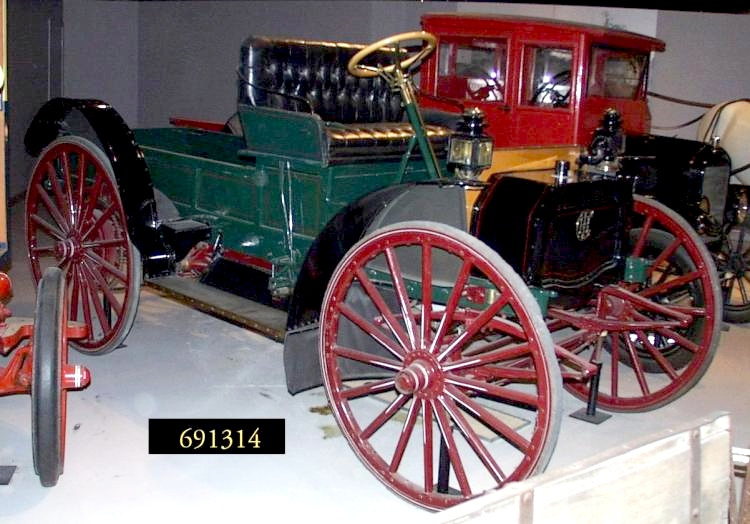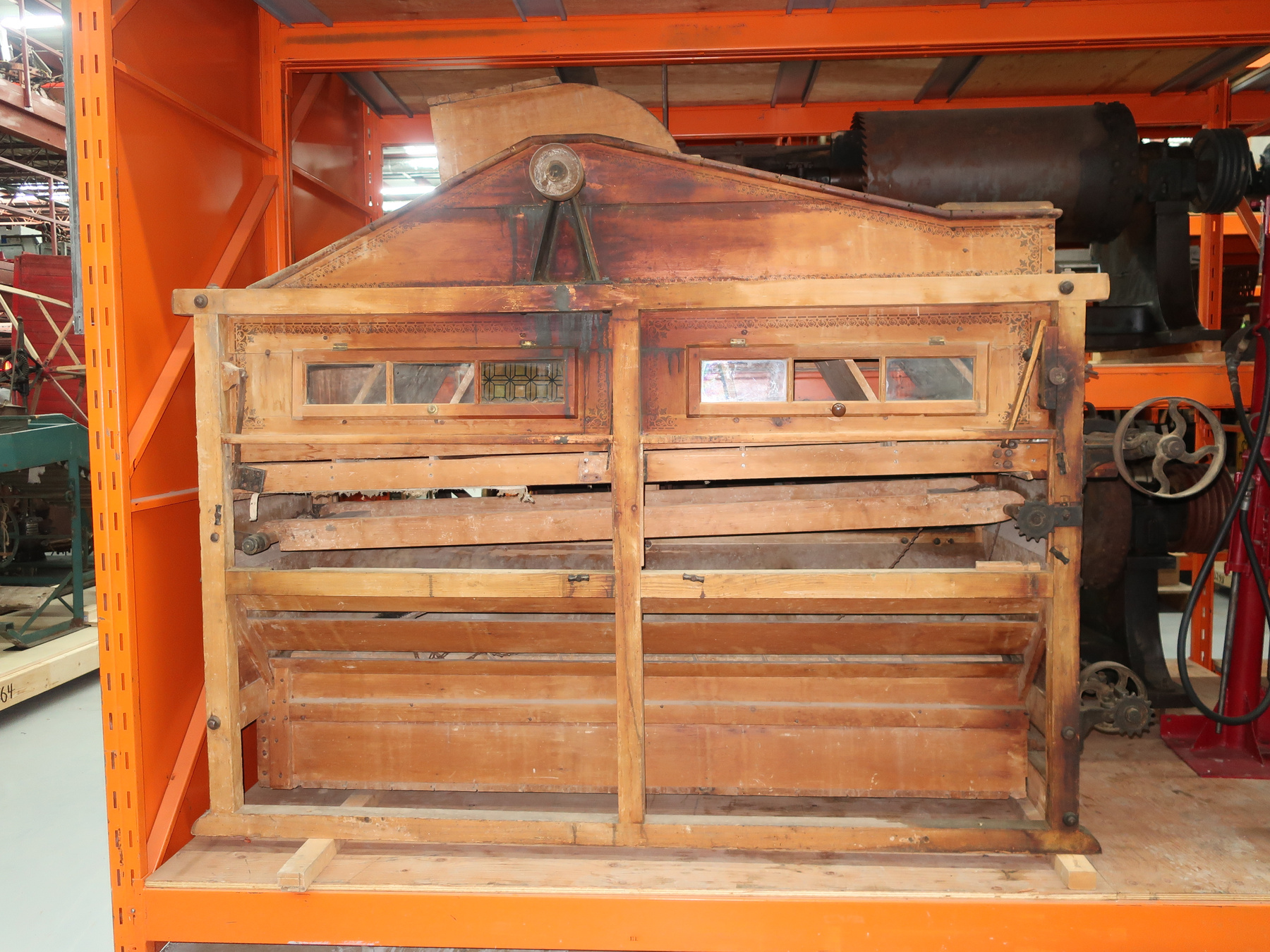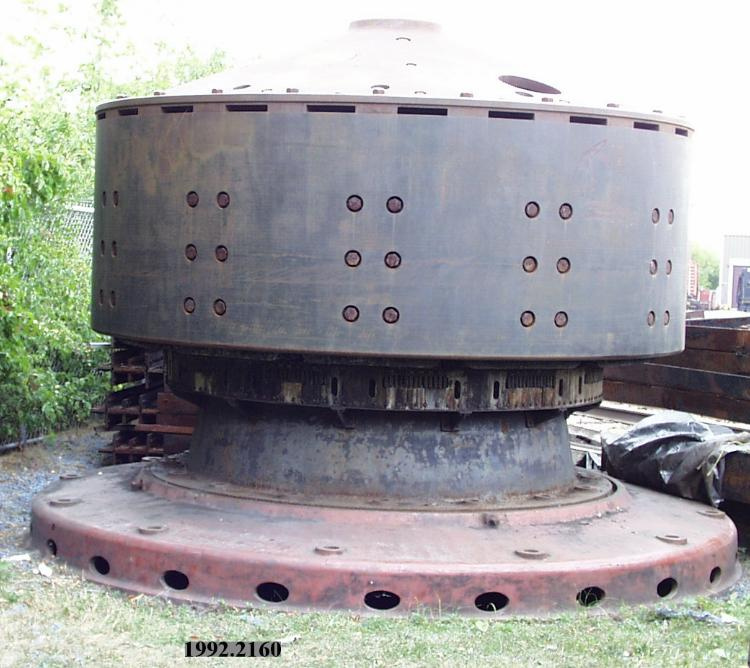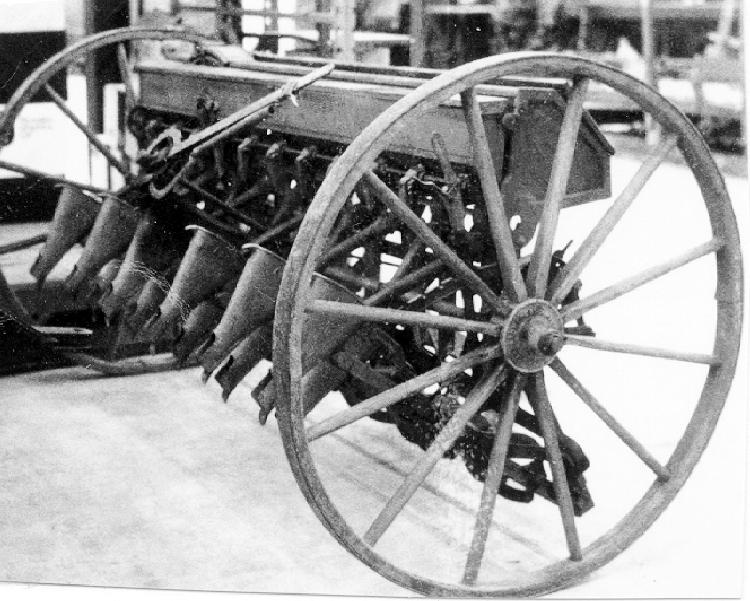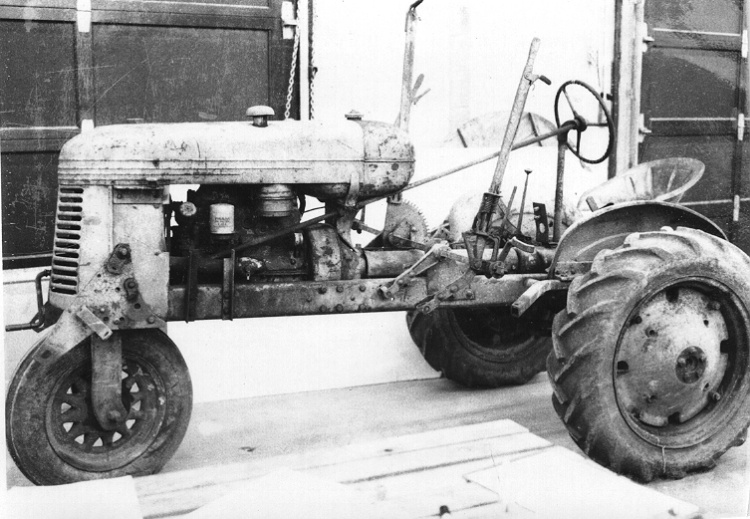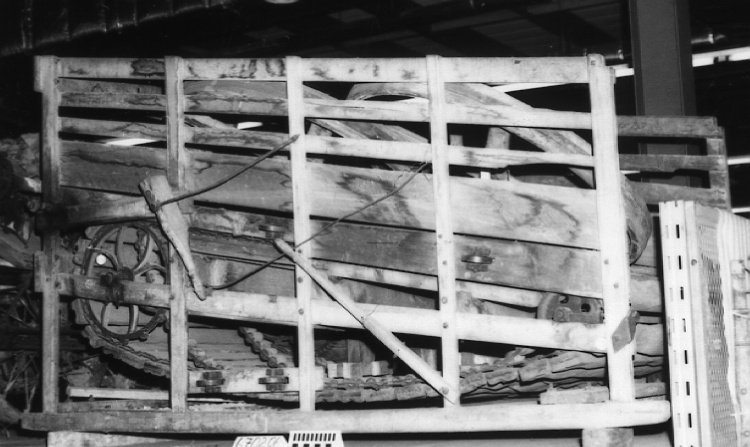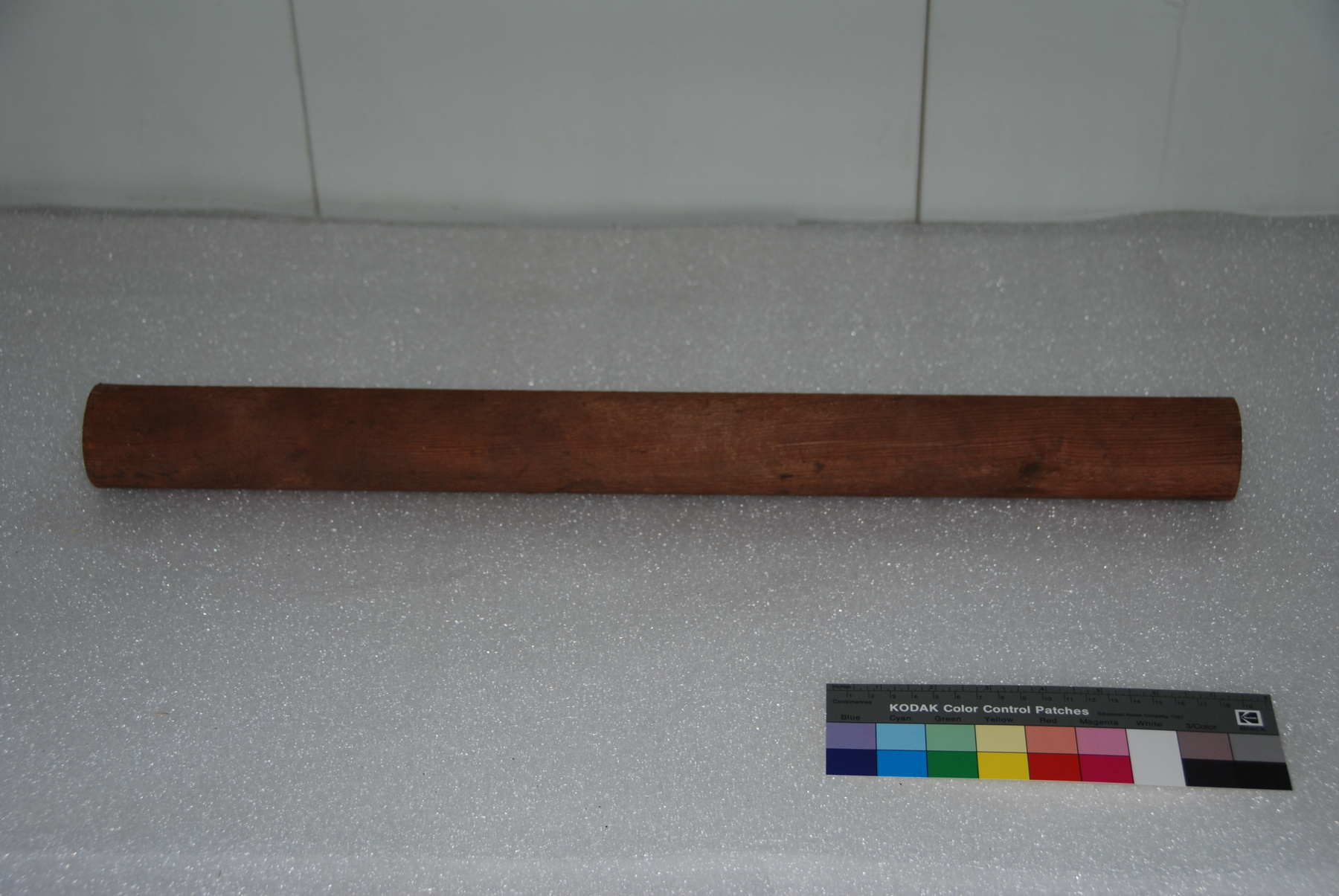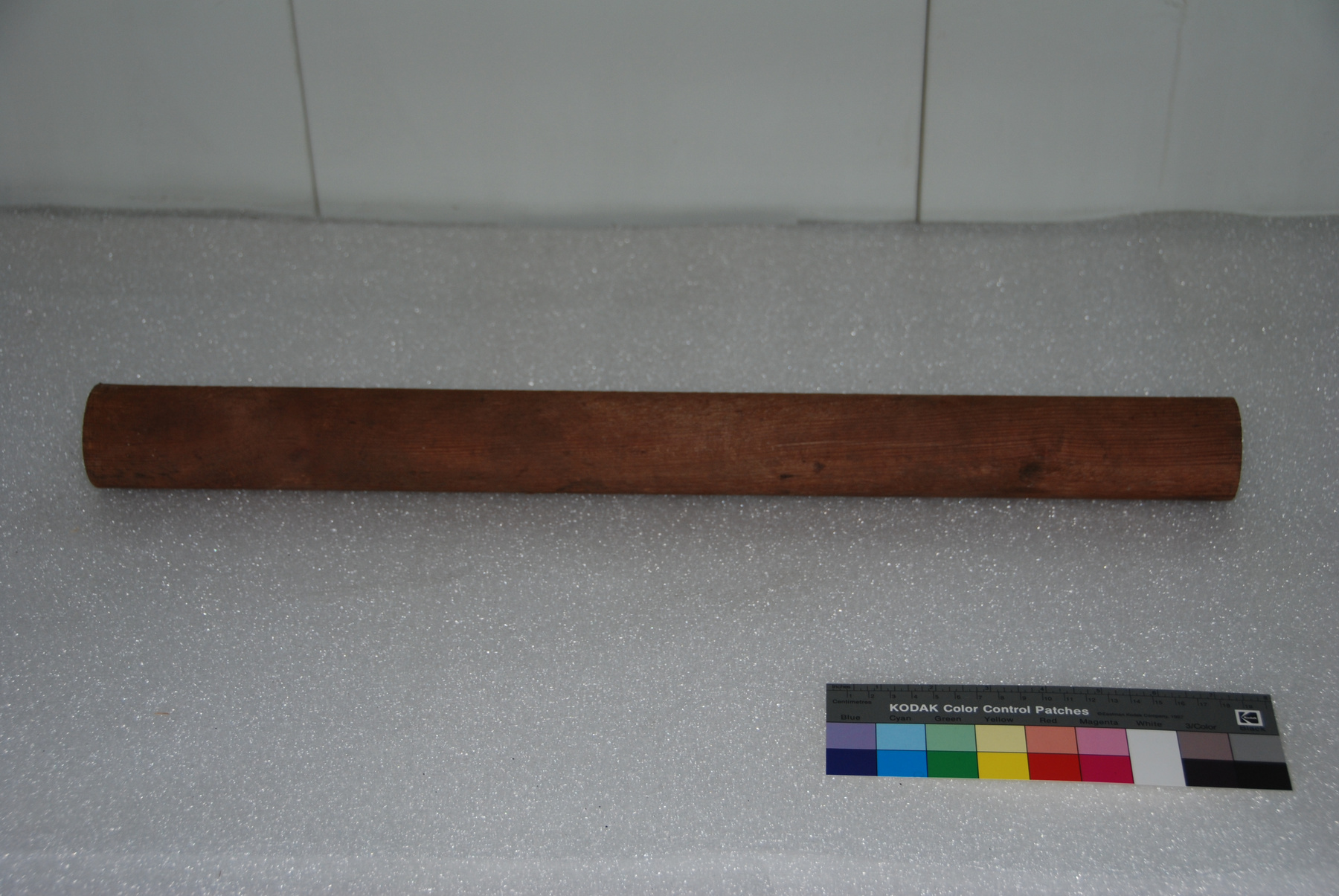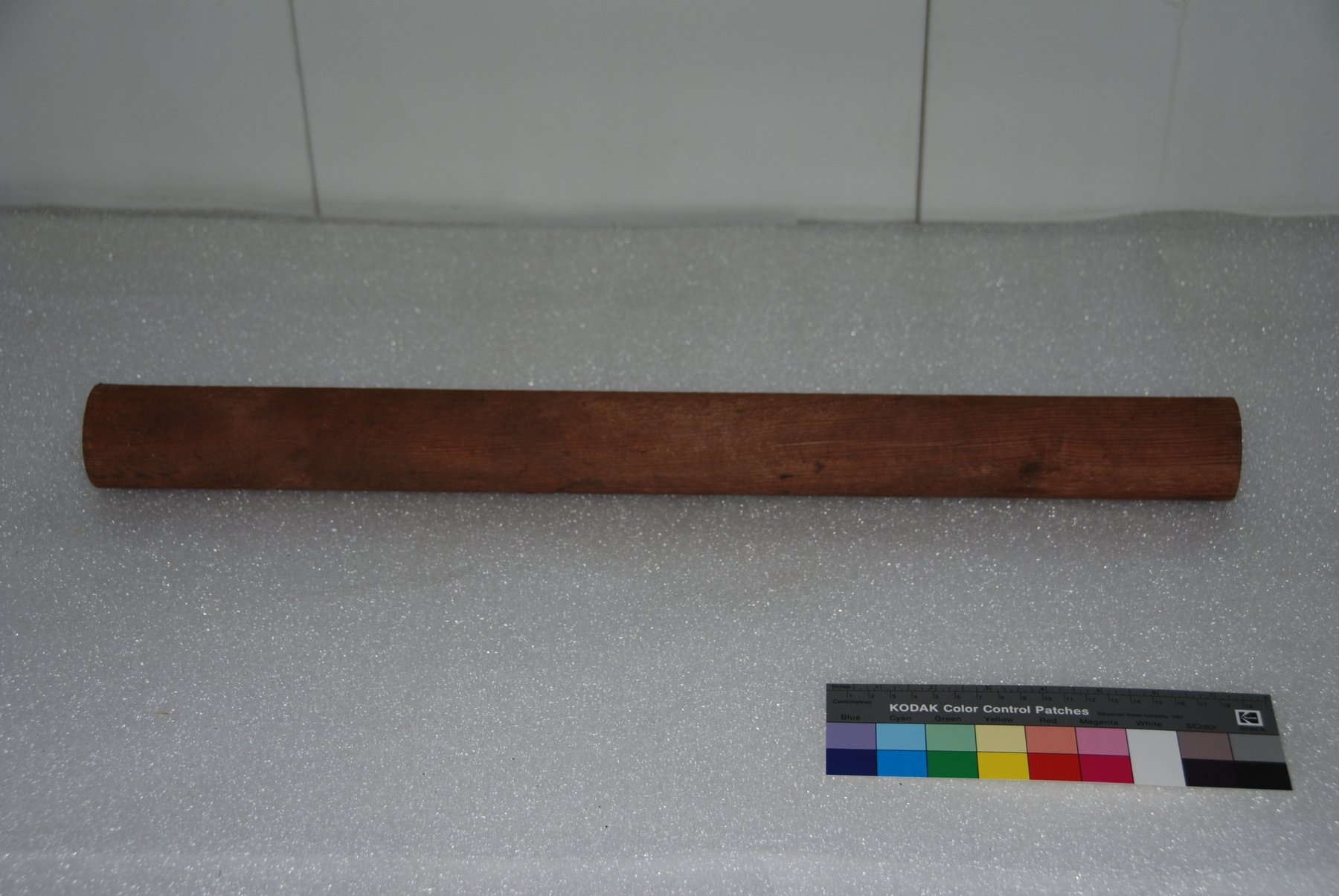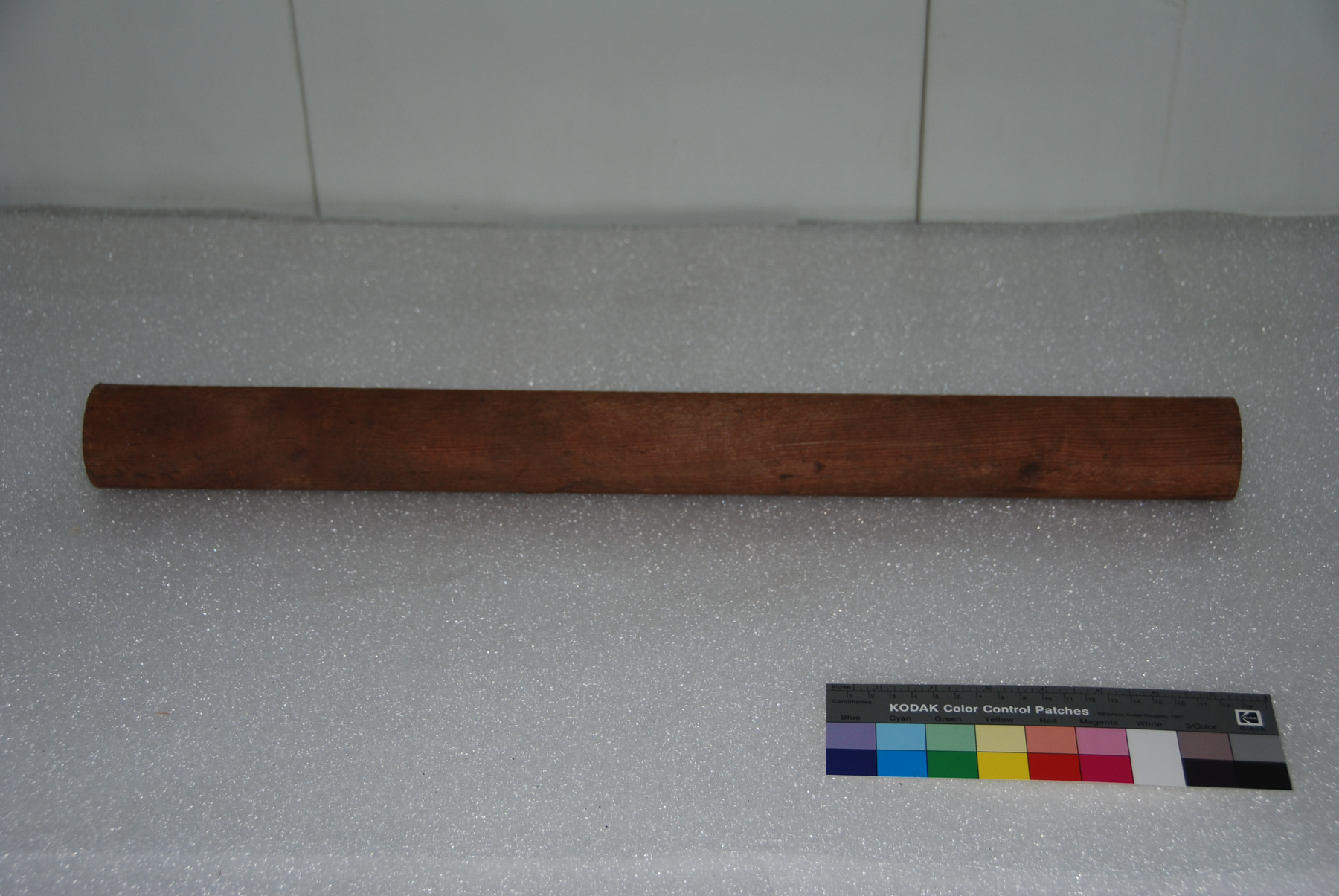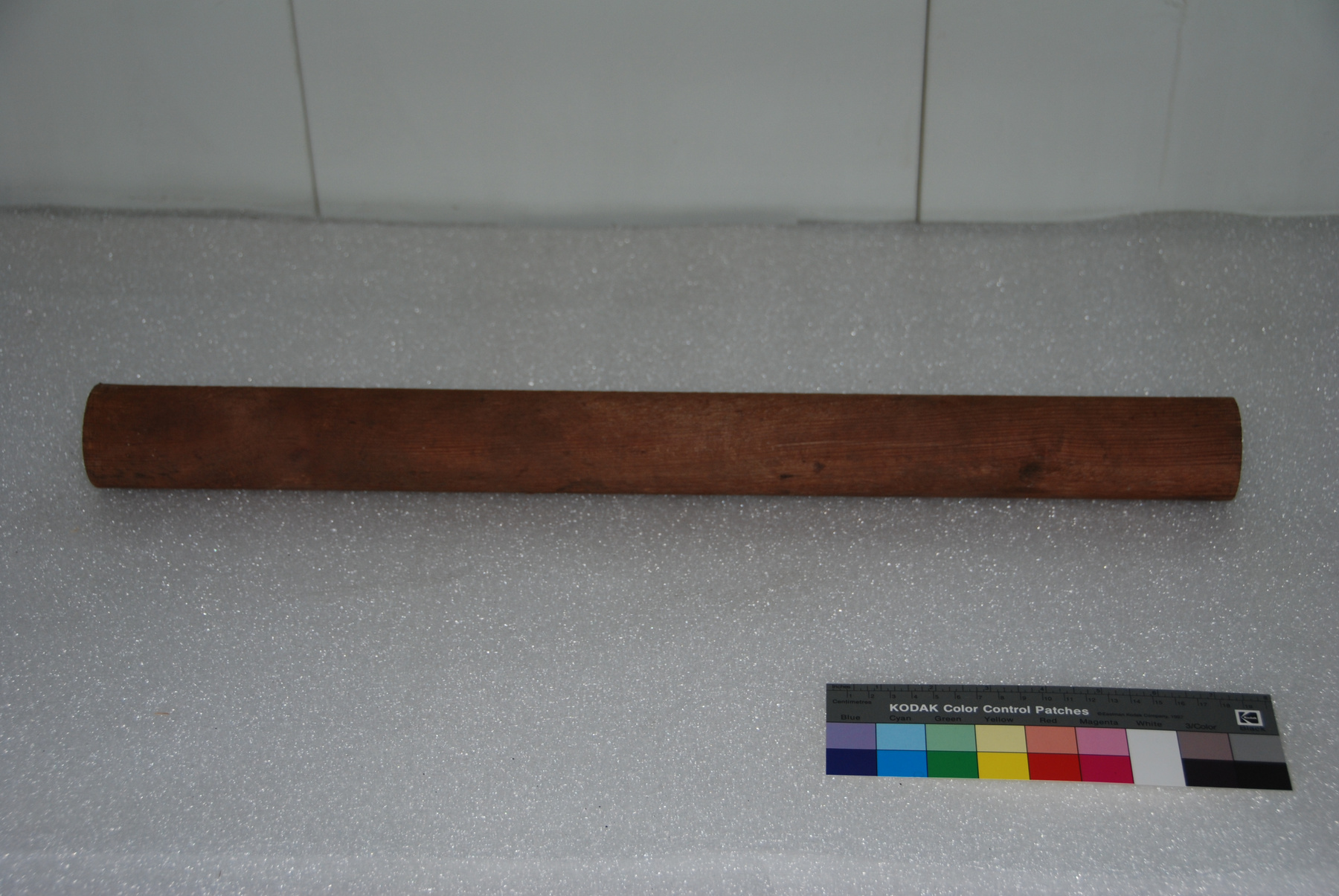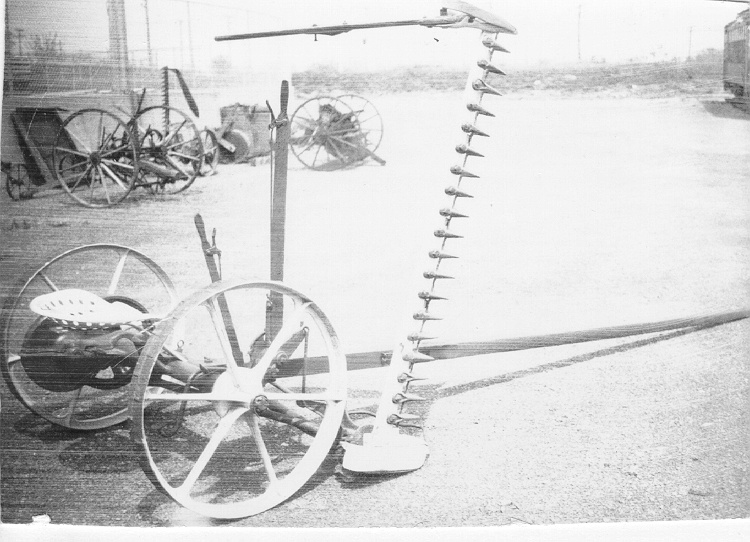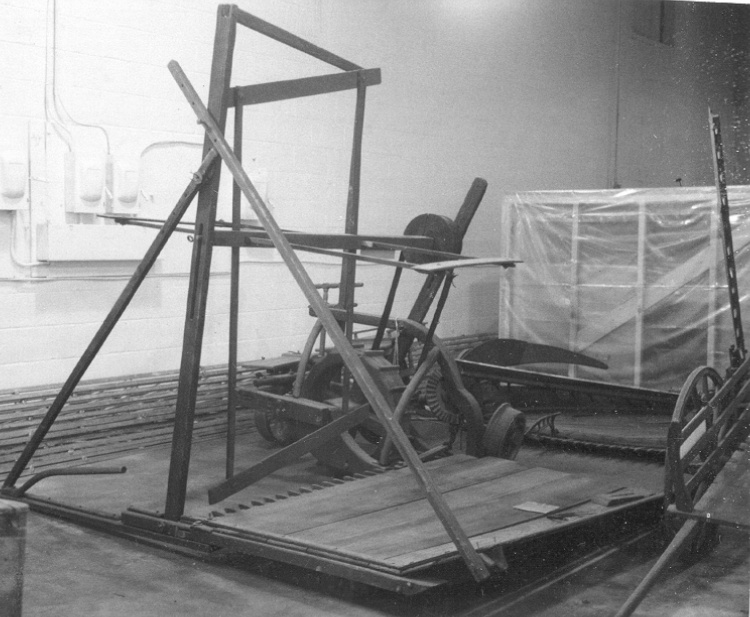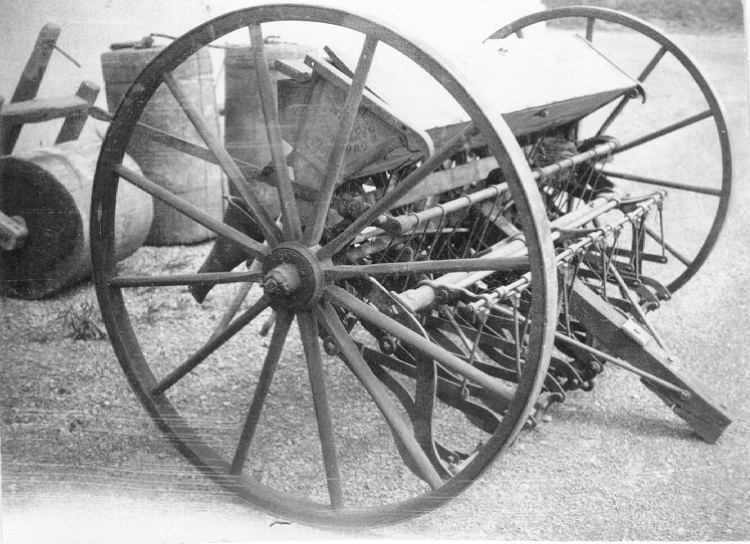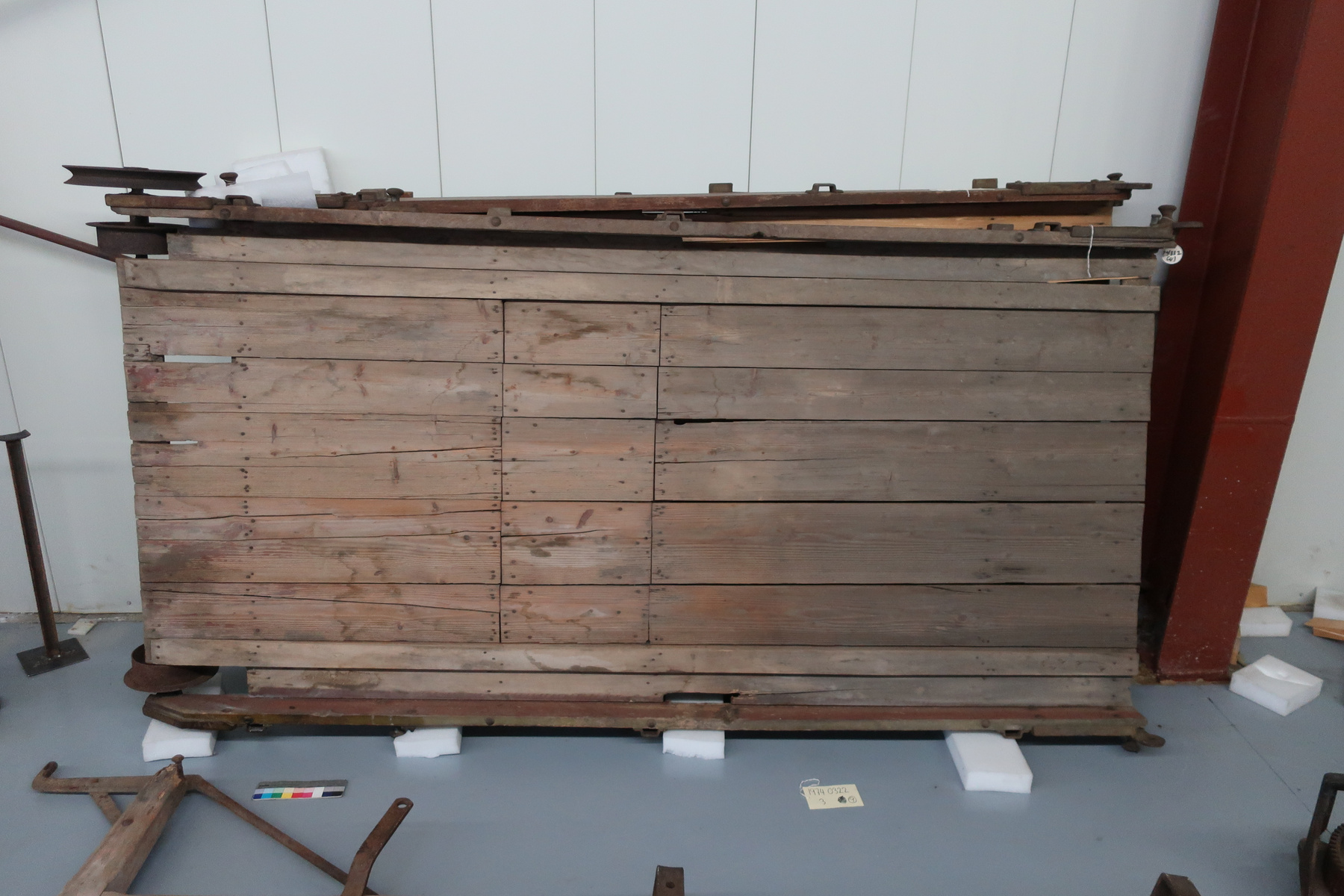Conveyor part
Use this image
Can I reuse this image without permission? Yes
Object images on the Ingenium Collection’s portal have the following Creative Commons license:
Copyright Ingenium / CC BY-NC-ND (Attribution-NonCommercial 4.0 International (CC BY-NC 4.0)
ATTRIBUTE THIS IMAGE
Ingenium,
1974.0322.004
Permalink:
Ingenium is releasing this image under the Creative Commons licensing framework, and encourages downloading and reuse for non-commercial purposes. Please acknowledge Ingenium and cite the artifact number.
DOWNLOAD IMAGEPURCHASE THIS IMAGE
This image is free for non-commercial use.
For commercial use, please consult our Reproduction Fees and contact us to purchase the image.
- OBJECT TYPE
- N/A
- DATE
- 1888
- ARTIFACT NUMBER
- 1974.0322.004
- MANUFACTURER
- Waterloo Mfg. Co. Ltd.
- MODEL
- Unknown
- LOCATION
- Waterloo, Ontario, Canada
More Information
General Information
- Serial #
- N/A
- Part Number
- 4
- Total Parts
- 9
- AKA
- N/A
- Patents
- N/A
- General Description
- Wood and metal conveyor part
Dimensions
Note: These reflect the general size for storage and are not necessarily representative of the object's true dimensions.
- Length
- N/A
- Width
- N/A
- Height
- N/A
- Thickness
- N/A
- Weight
- N/A
- Diameter
- N/A
- Volume
- N/A
Lexicon
- Group
- Agriculture
- Category
- Crop handling
- Sub-Category
- N/A
Manufacturer
- AKA
- Waterloo
- Country
- Canada
- State/Province
- Ontario
- City
- Waterloo
Context
- Country
- Canada
- State/Province
- Ontario
- Period
- Unknown
- Canada
-
The Waterloo Champion Separator, a wood-framed thresher, was first manufactured by Bricker & Co. in 1880. The thresher featured grain-separating technology patented in the 1870s by John Beam. In 1888, E.W.B. Snider bought Bricker and incorporated it into the Waterloo Manufacturing Co. The Champion was made in eastern and western models; in 1908, Waterloo establishing a manufacturing plant in Portage la Prairie. The company continued to produce threshers into the 1940s. - Function
-
Unknown - Technical
-
Wheeled threshing machines were first introduced in the 1860s. Replacing stationary ground threshers, they further mechanized grain harvesting and increased the amount of grain a farmer could process in a day. Initially built of wood and powered by horse power, threshers were later powered by steam traction engines and gas tractors. The Waterloo Champion was a distinctive thresher with its high rear end and double gear wheels. This thresher is hand-decorated with painted scroll-work and pin-striping, a characteristic of agricultural implements made before the 20th century. Threshers of all-wood construction, such as this one were replaced in the early 20th century with threshers of all-steel construction; through the mid-20th century, wheeled threshers were replaced by combine harvesters, which merged reaping and threshing operations in one self-propelled machine. - Area Notes
-
Unknown
Details
- Markings
- N/A
- Missing
- N/A
- Finish
- Unknown
- Decoration
- N/A
CITE THIS OBJECT
If you choose to share our information about this collection object, please cite:
Waterloo Mfg. Co. Ltd., Conveyor part, circa 1888, Artifact no. 1974.0322, Ingenium – Canada’s Museums of Science and Innovation, http://collection.ingeniumcanada.org/en/item/1974.0322.004/
FEEDBACK
Submit a question or comment about this artifact.
More Like This
